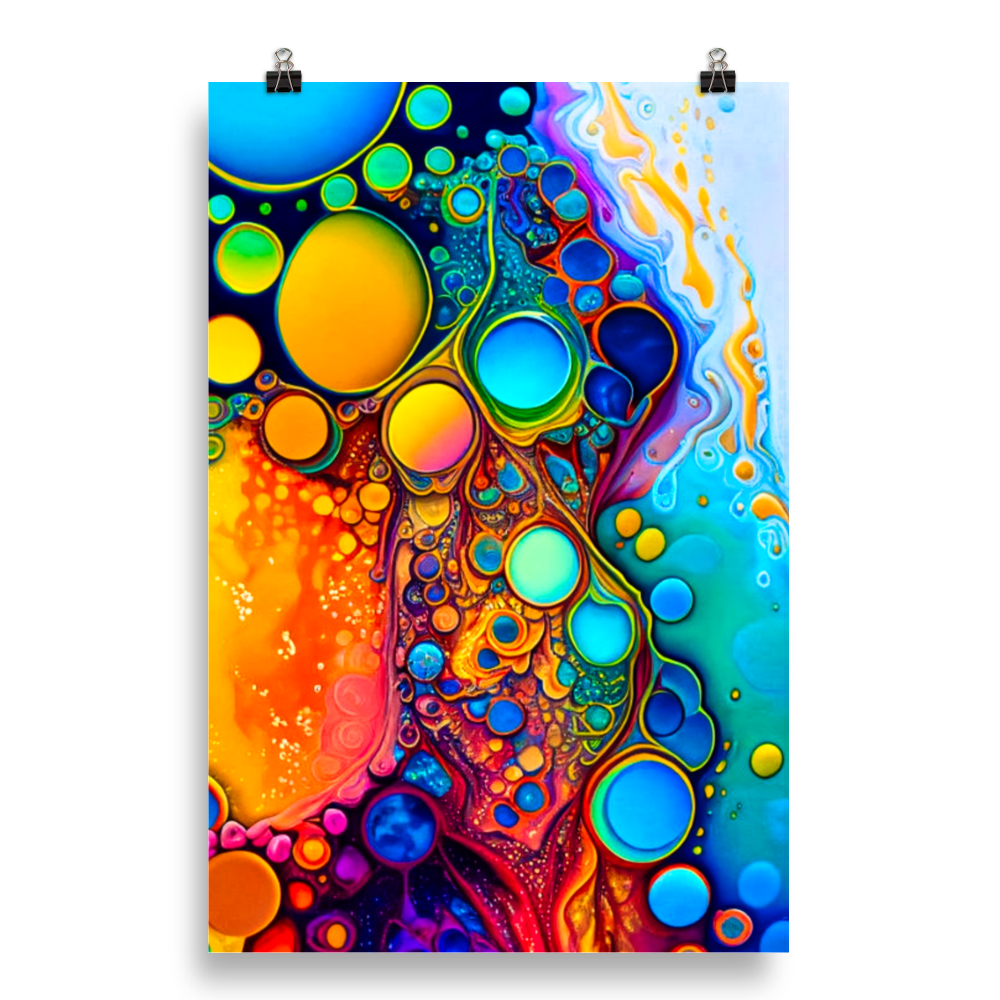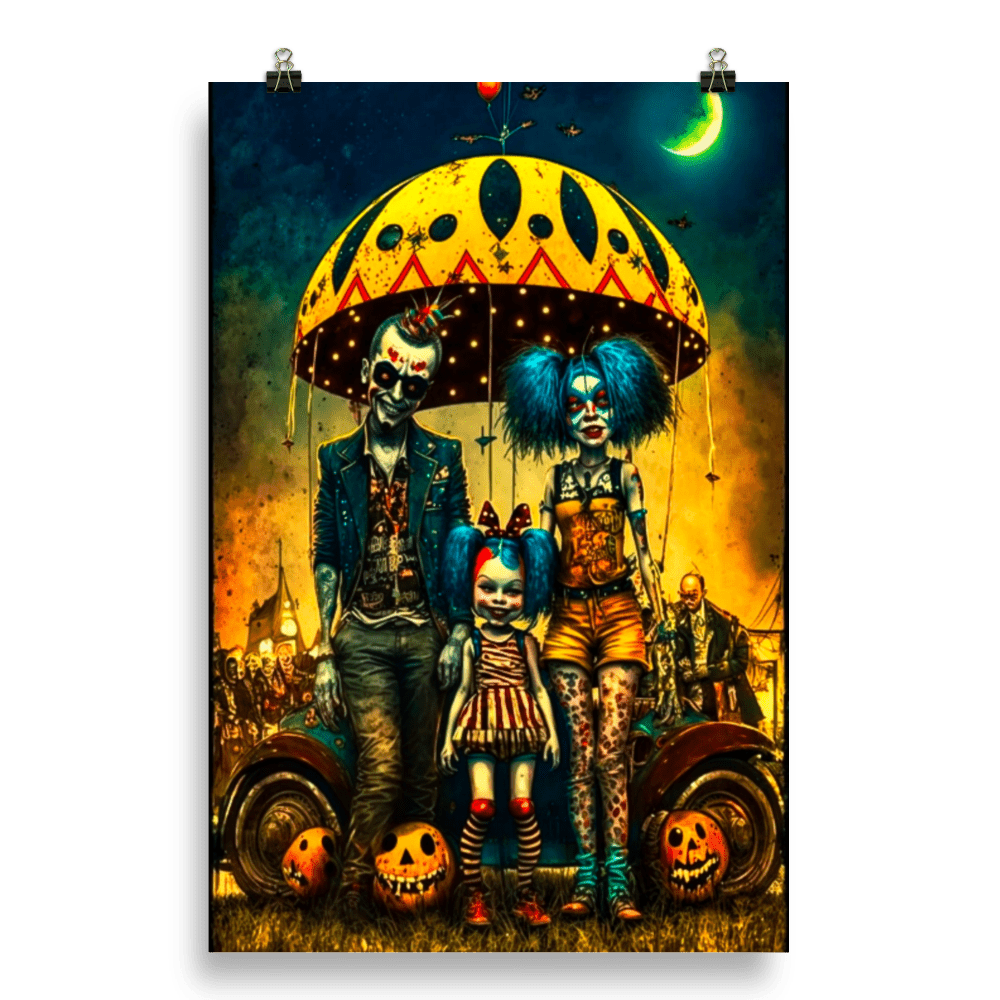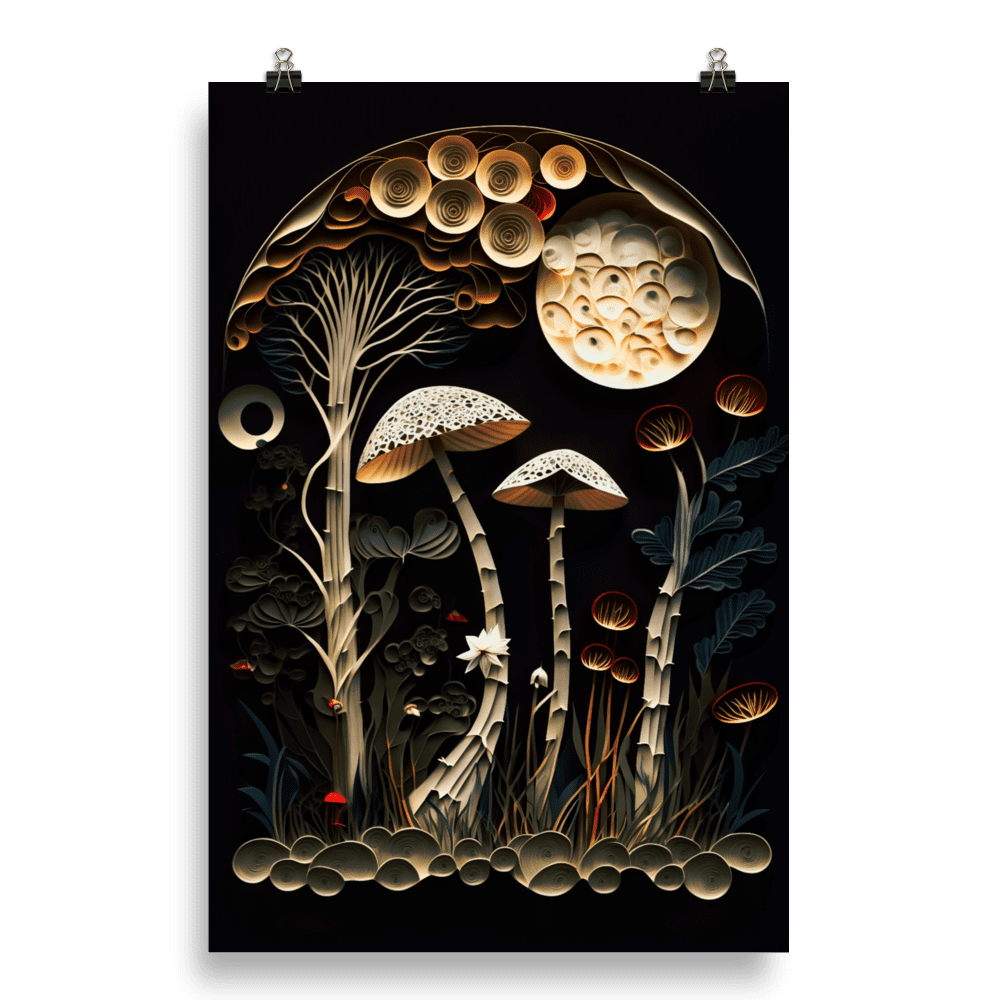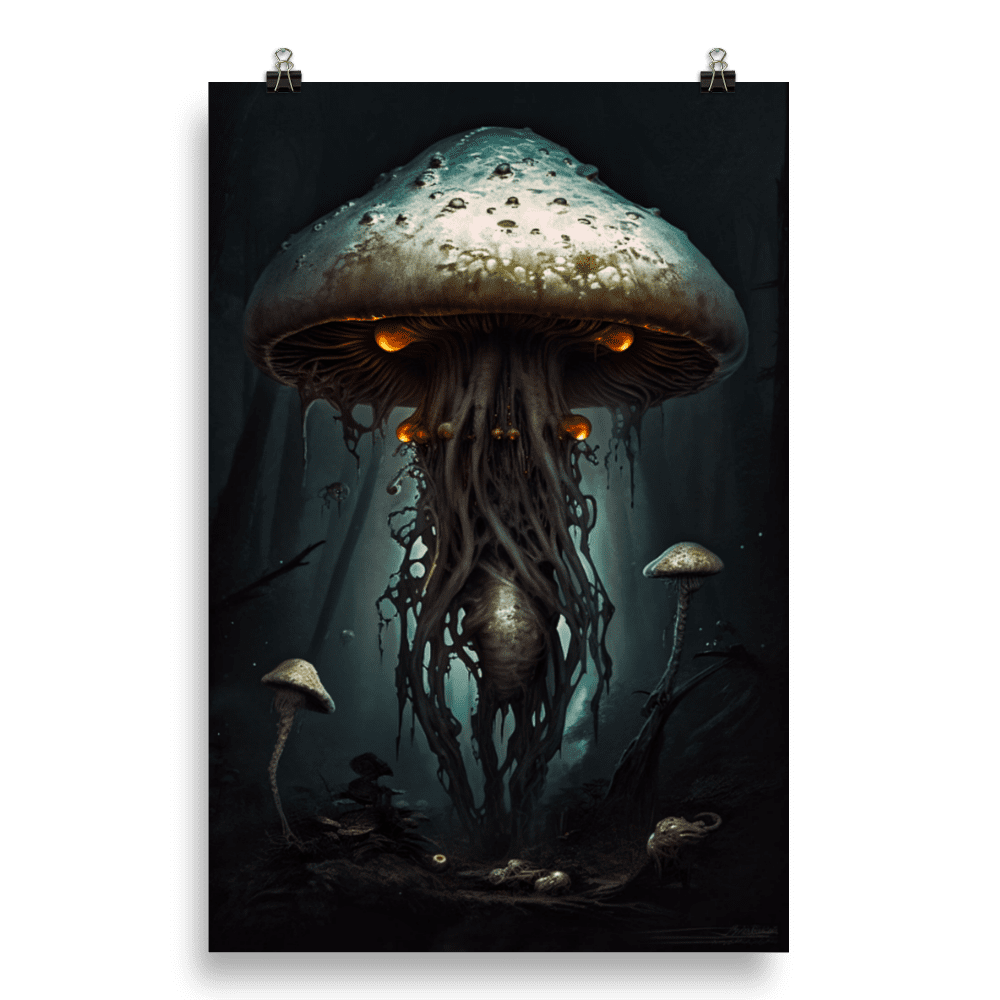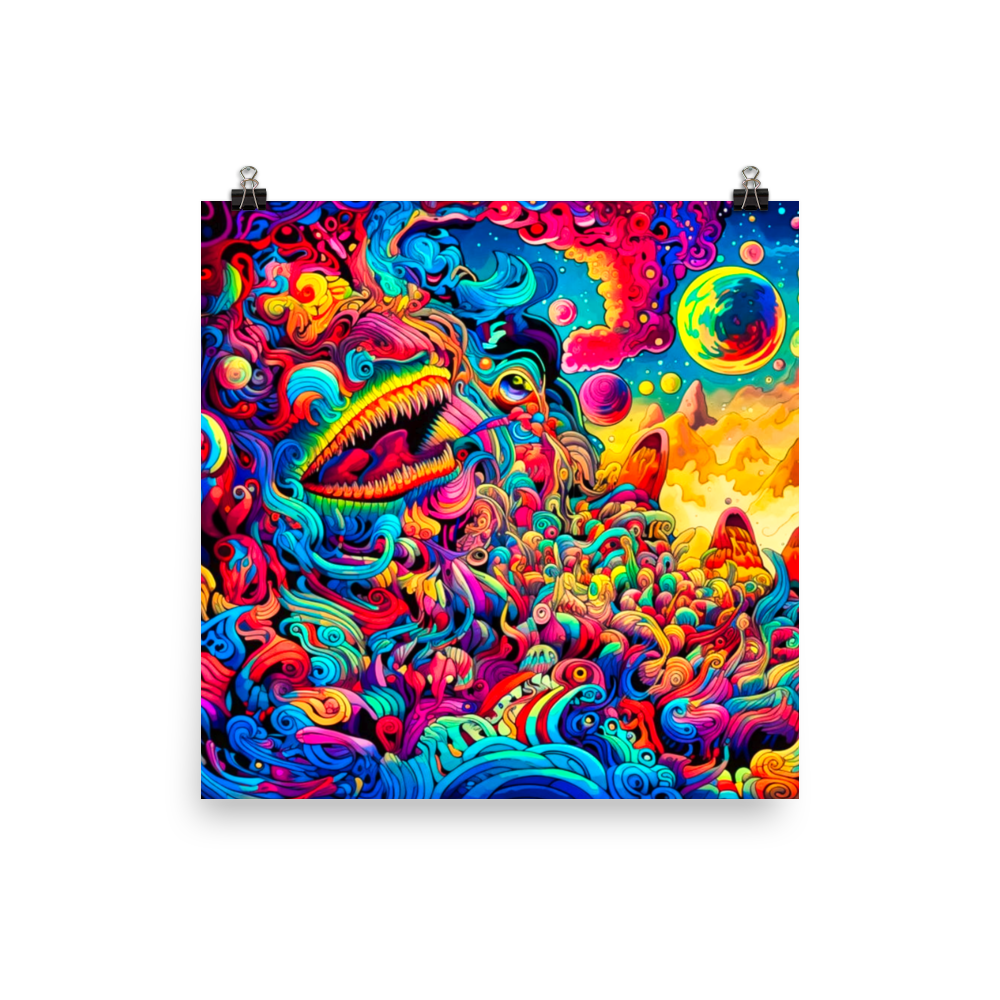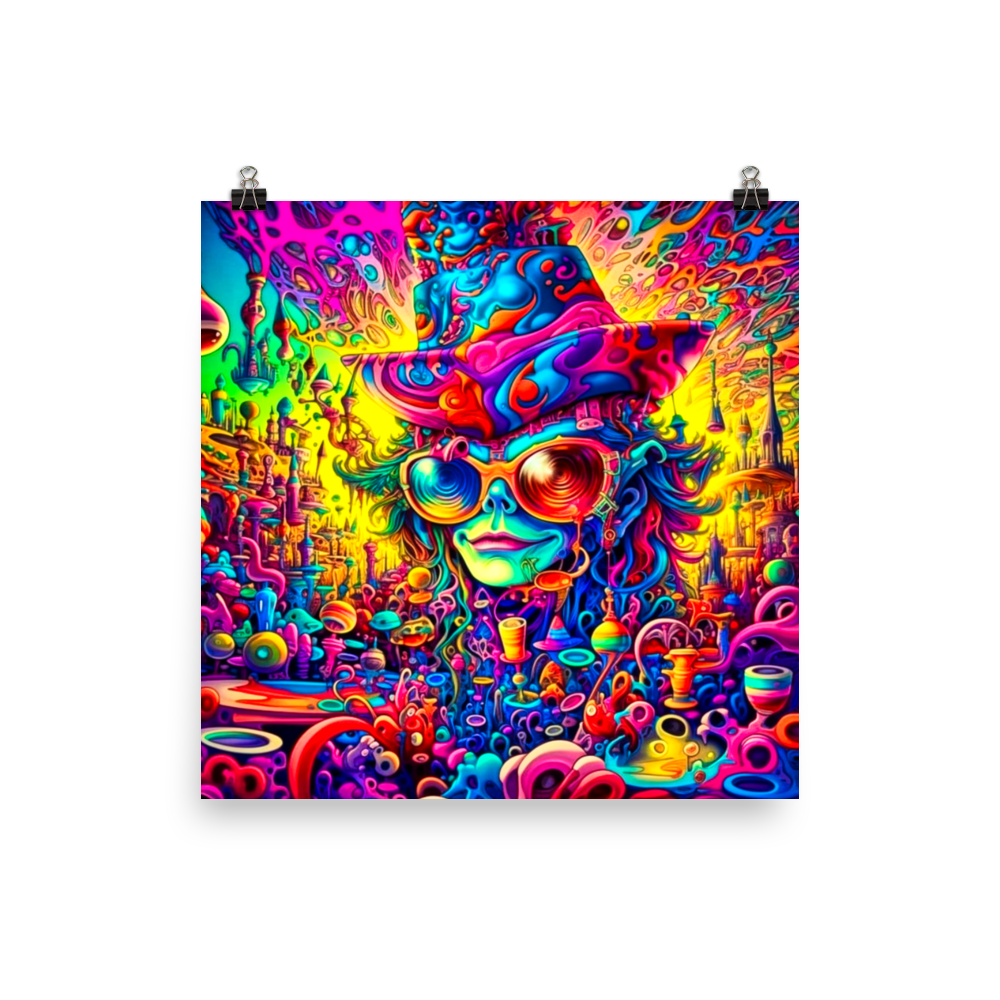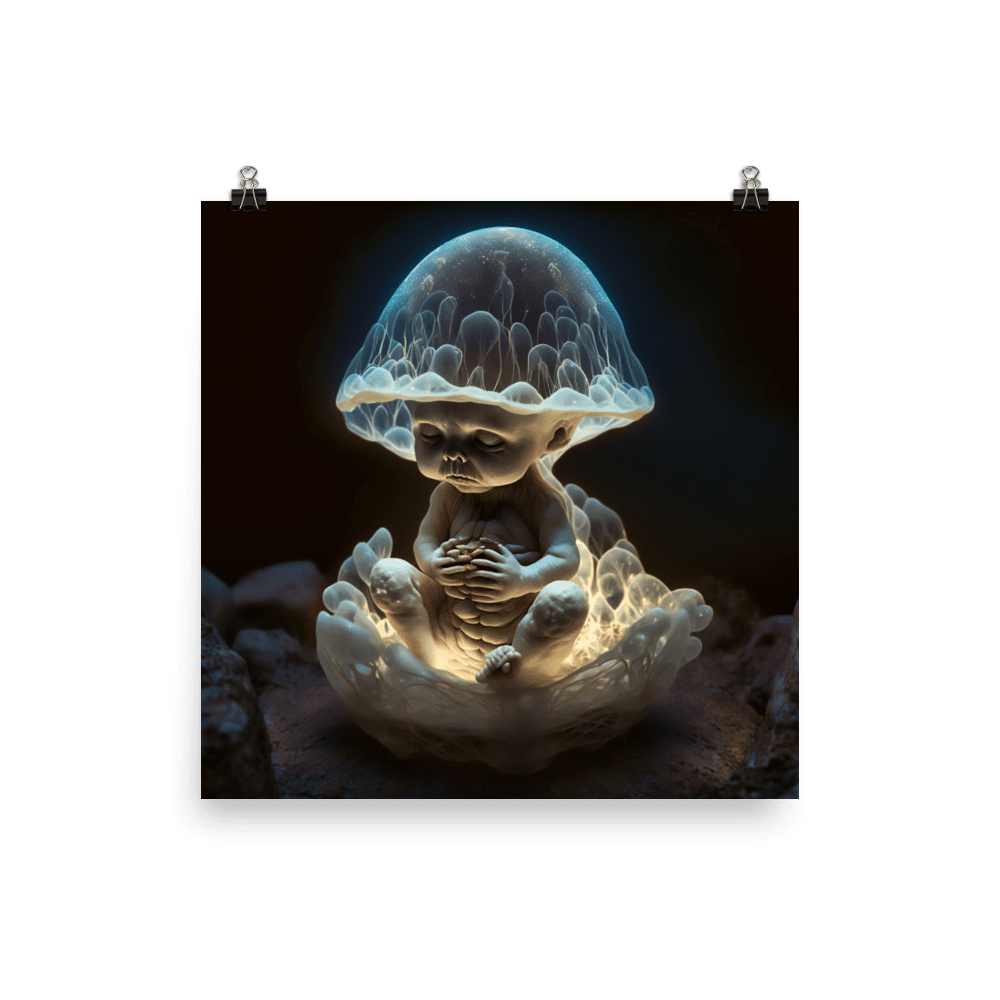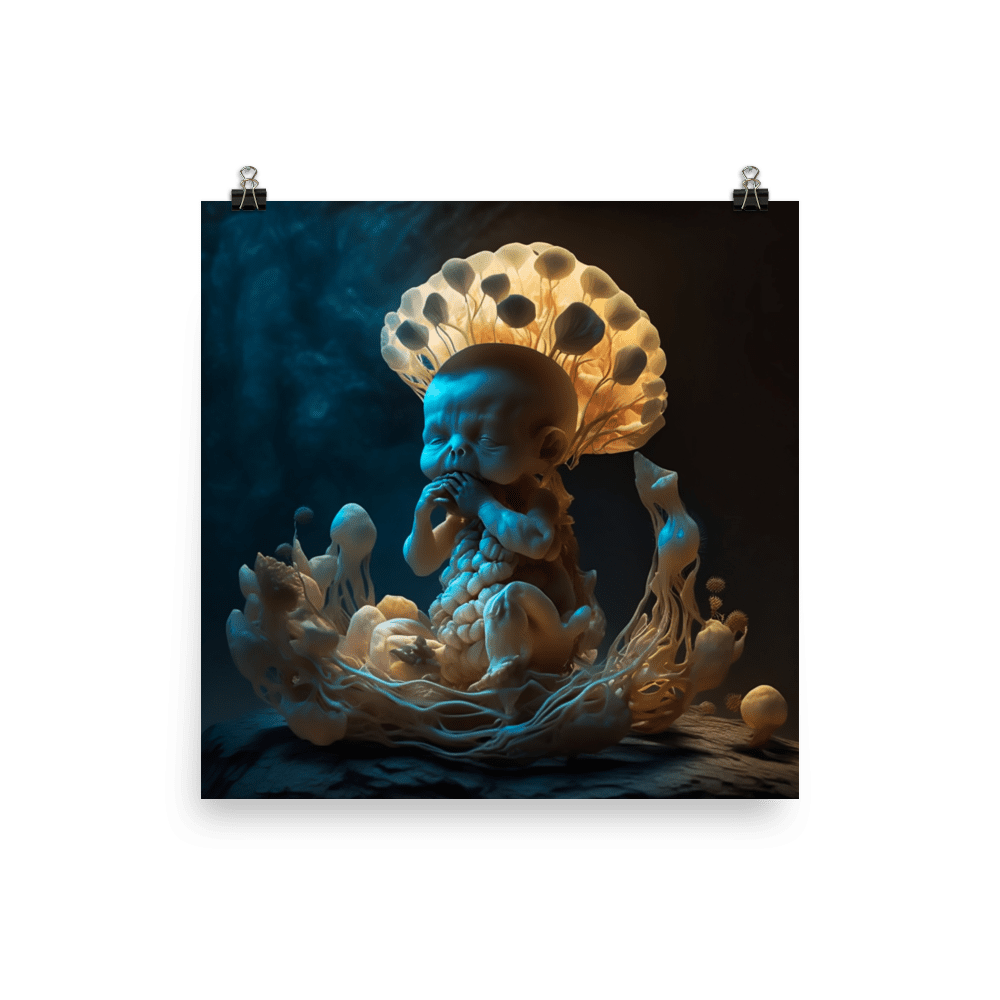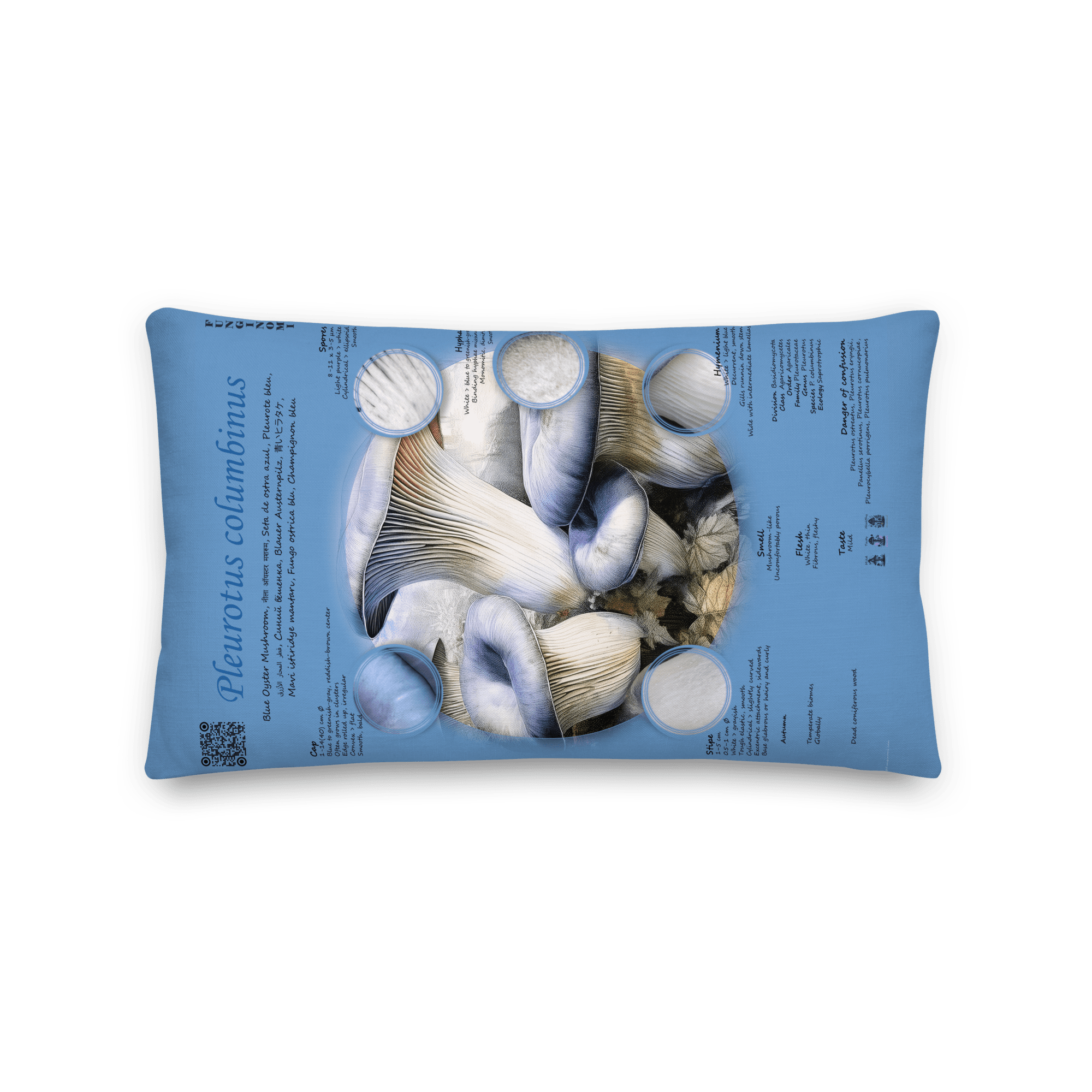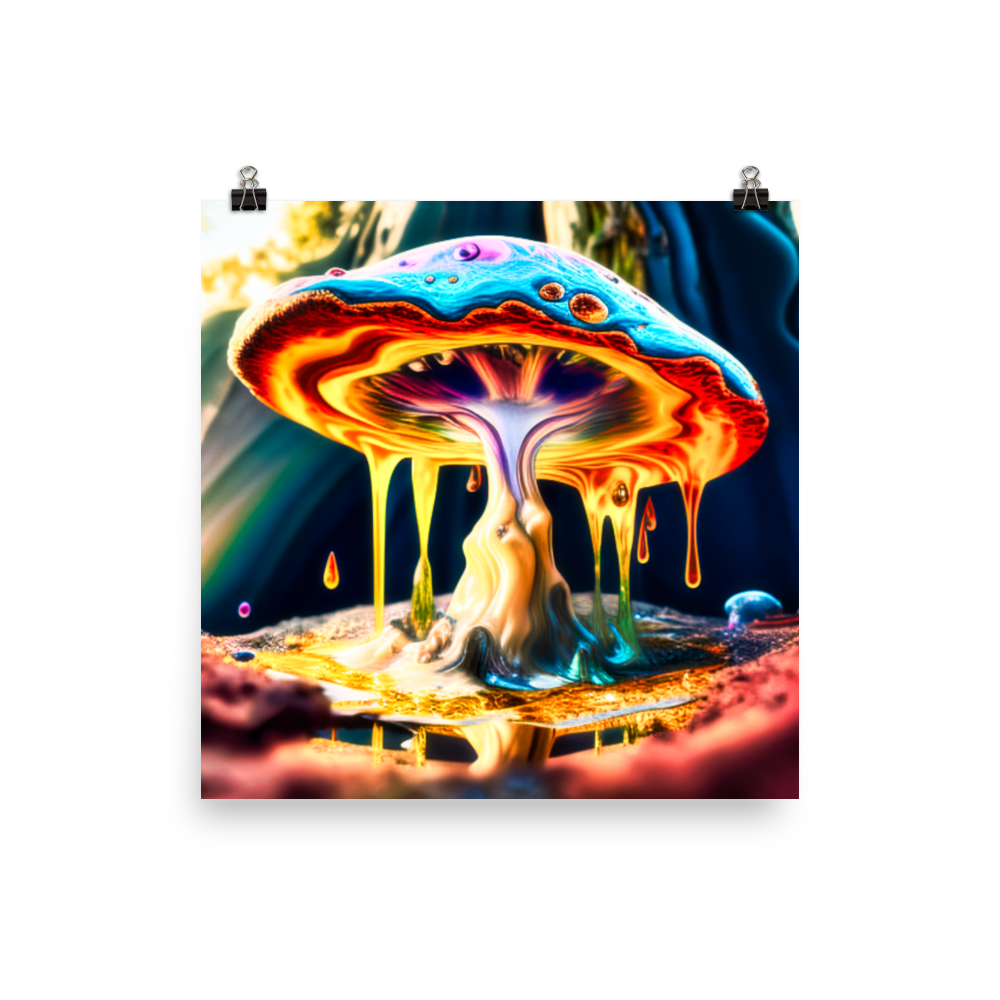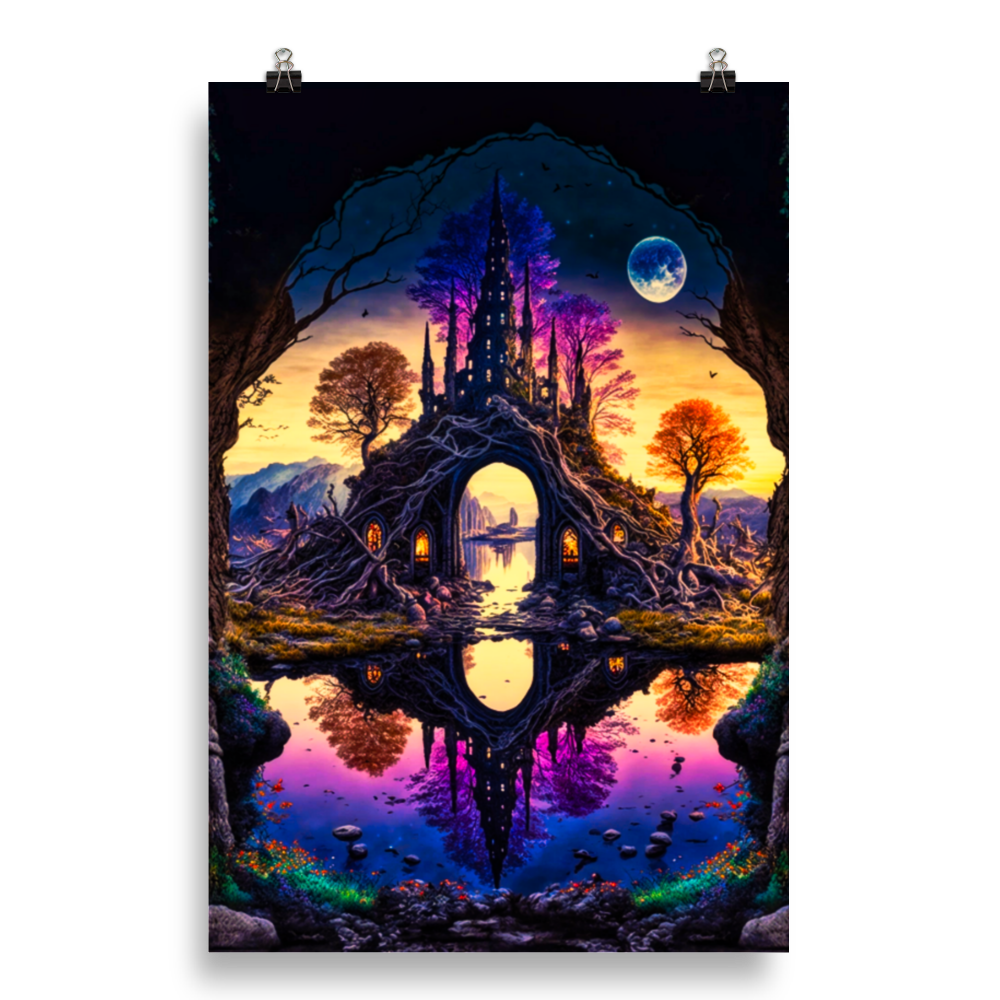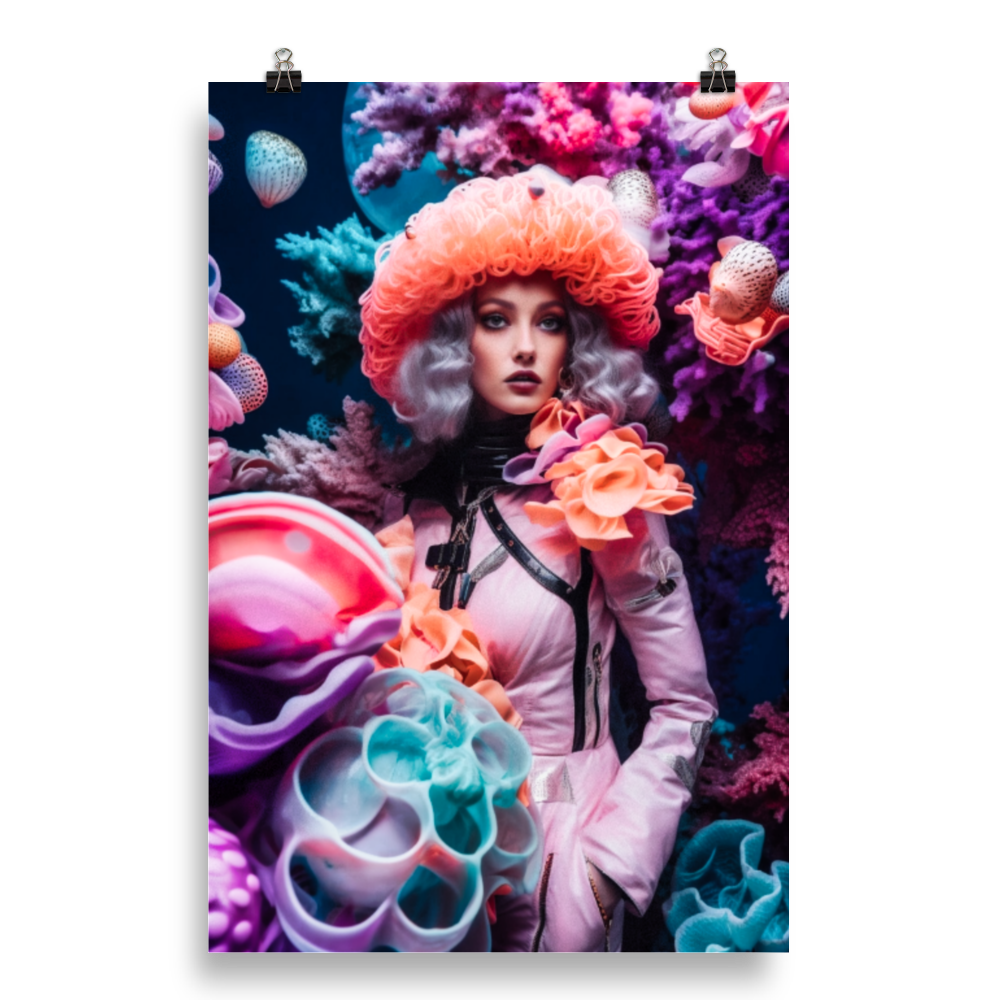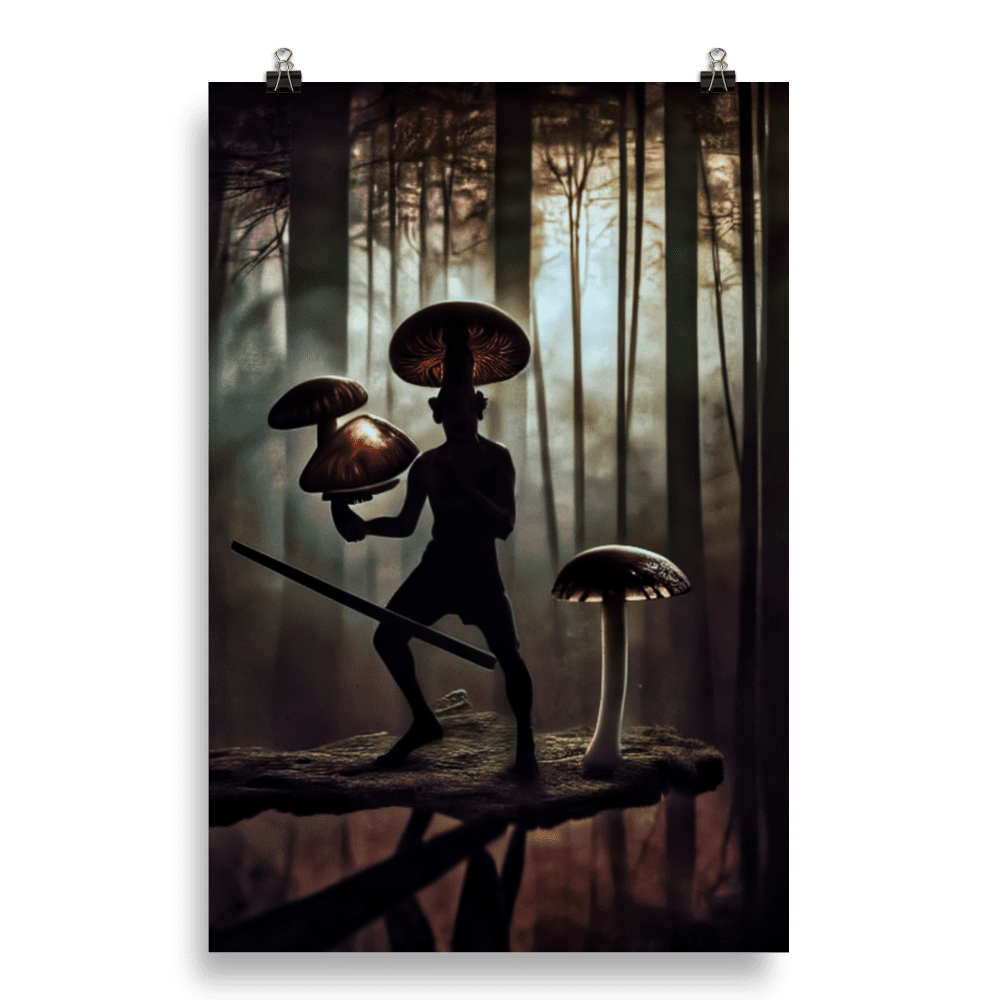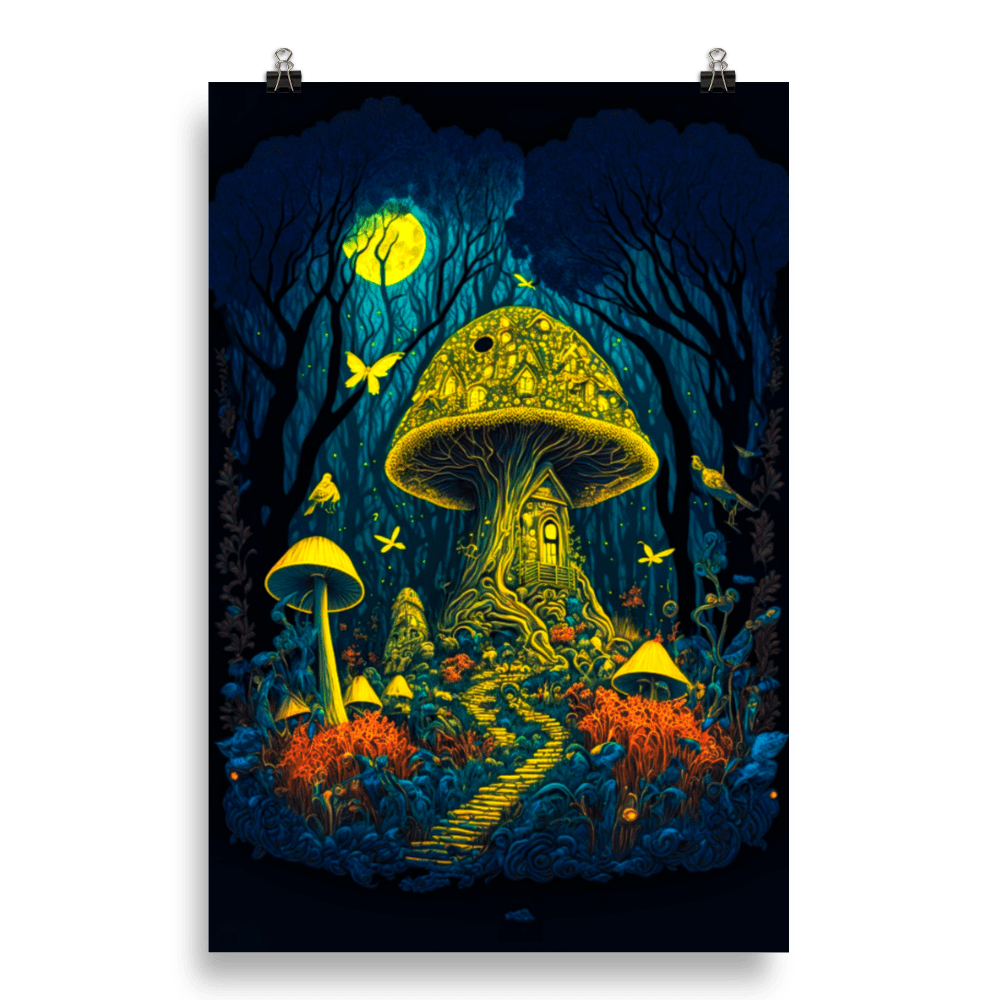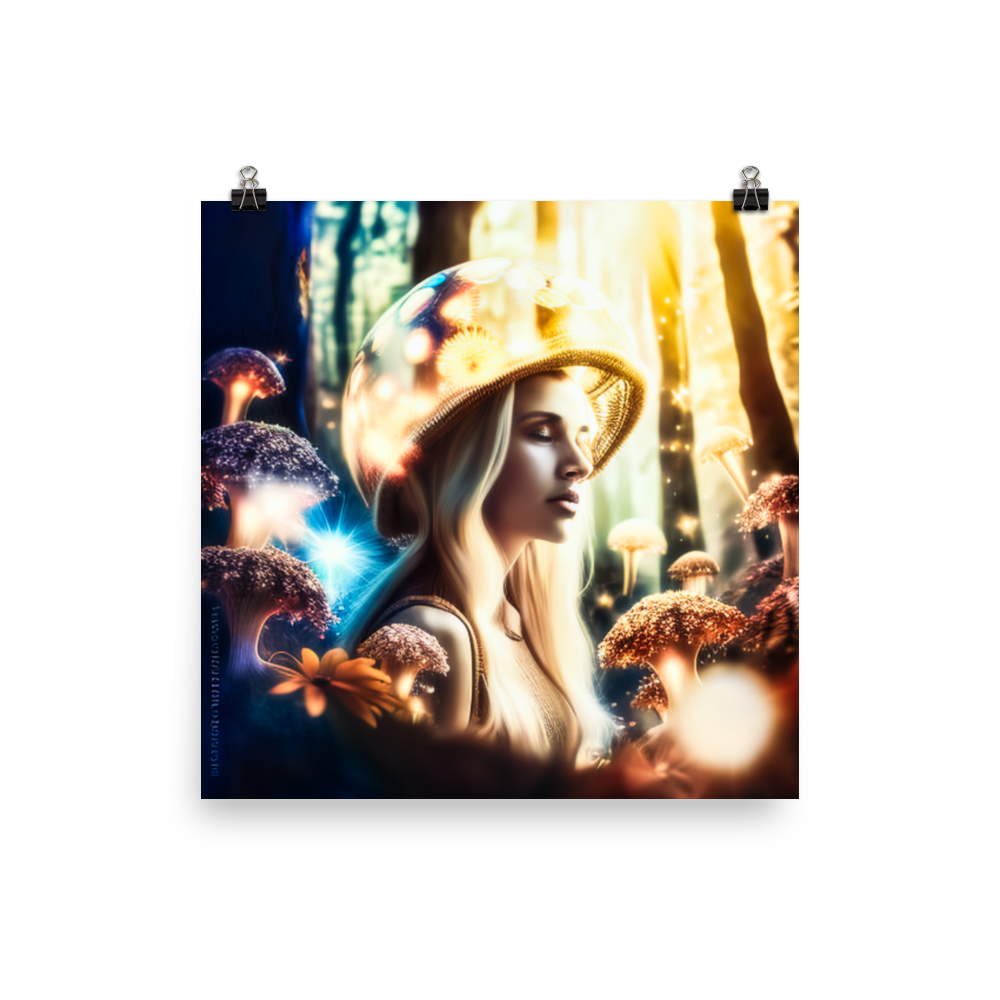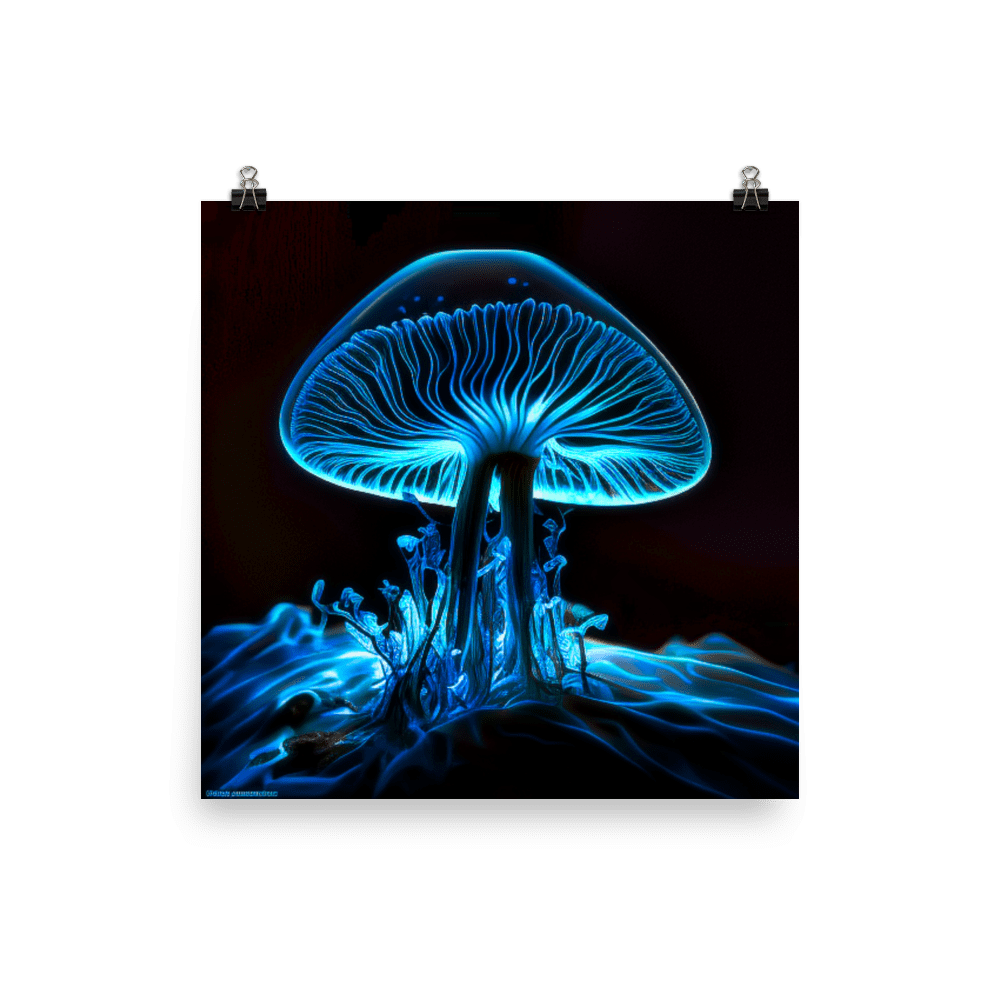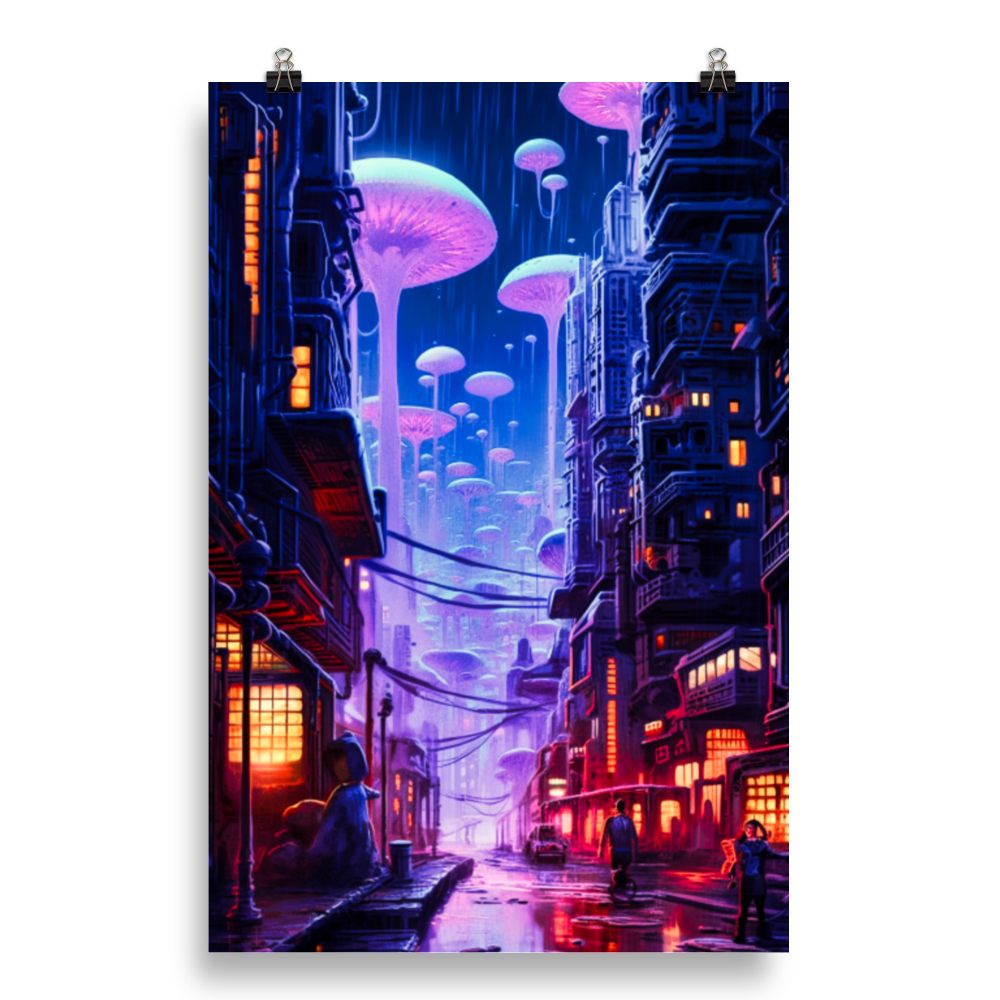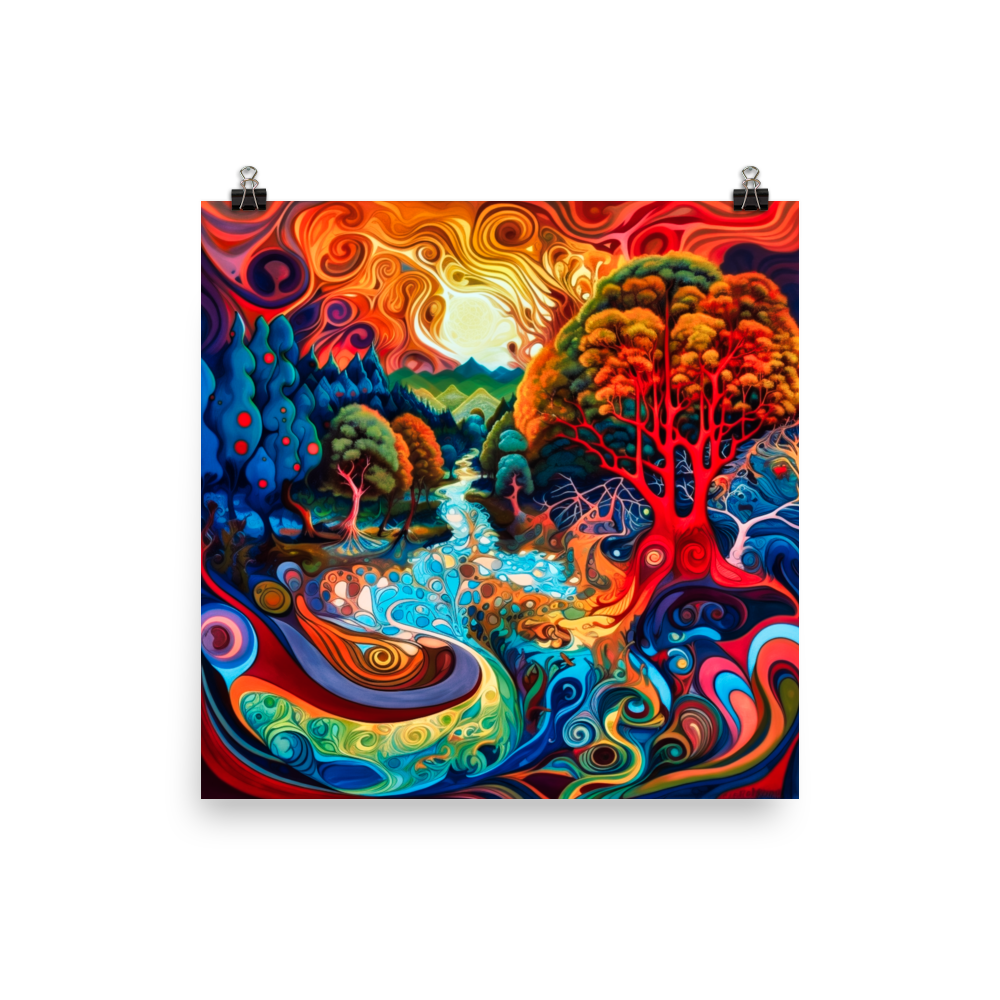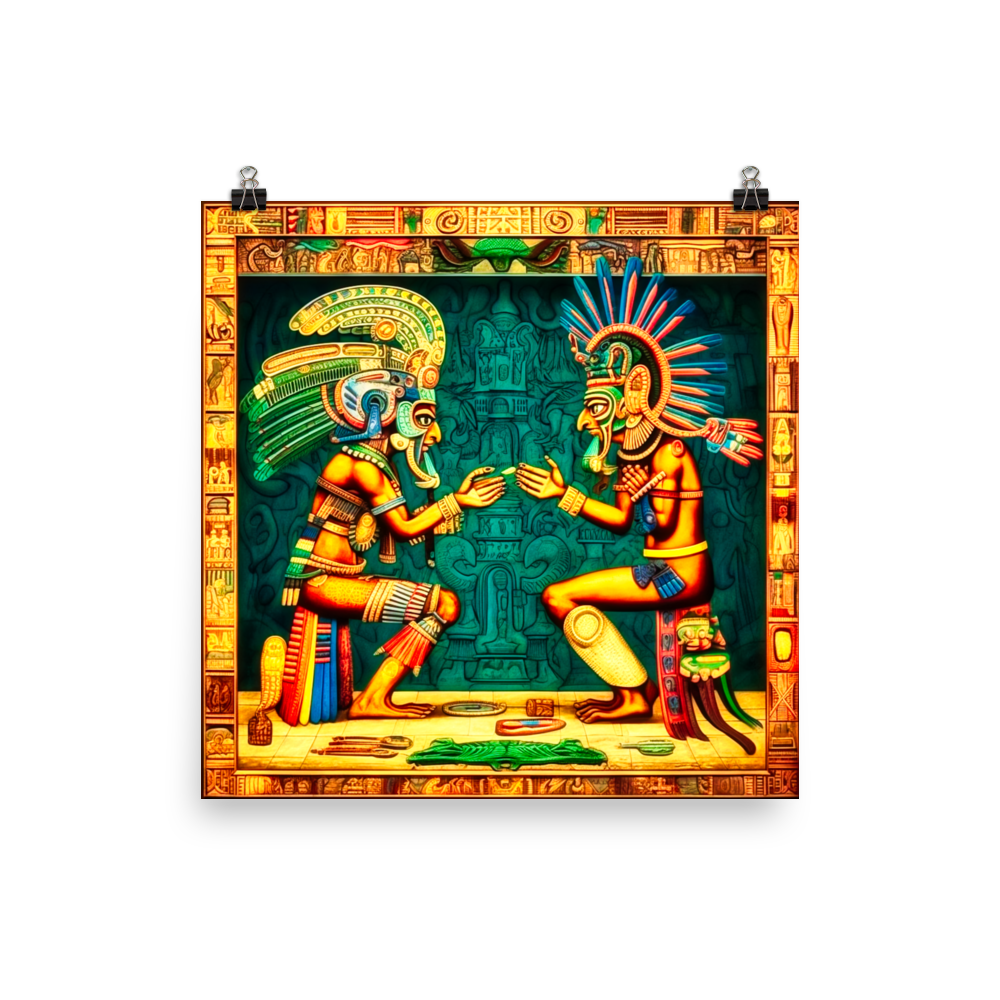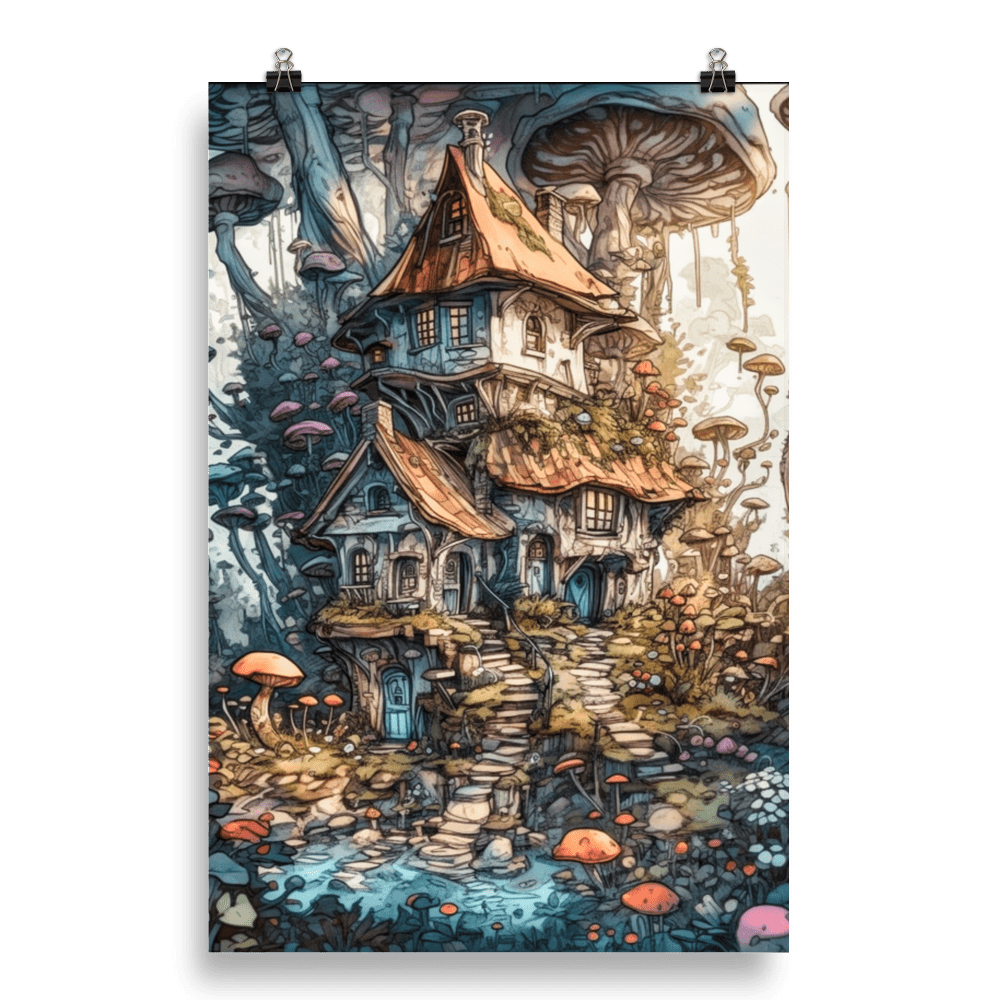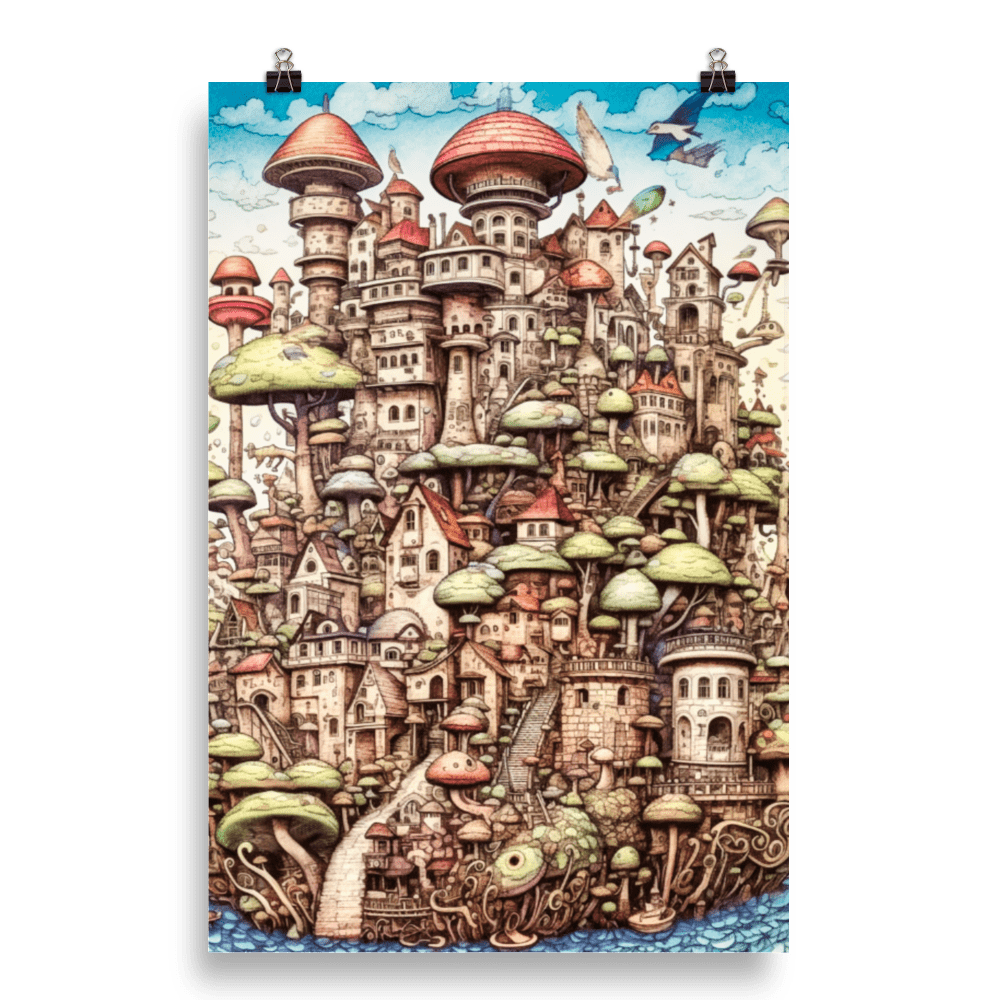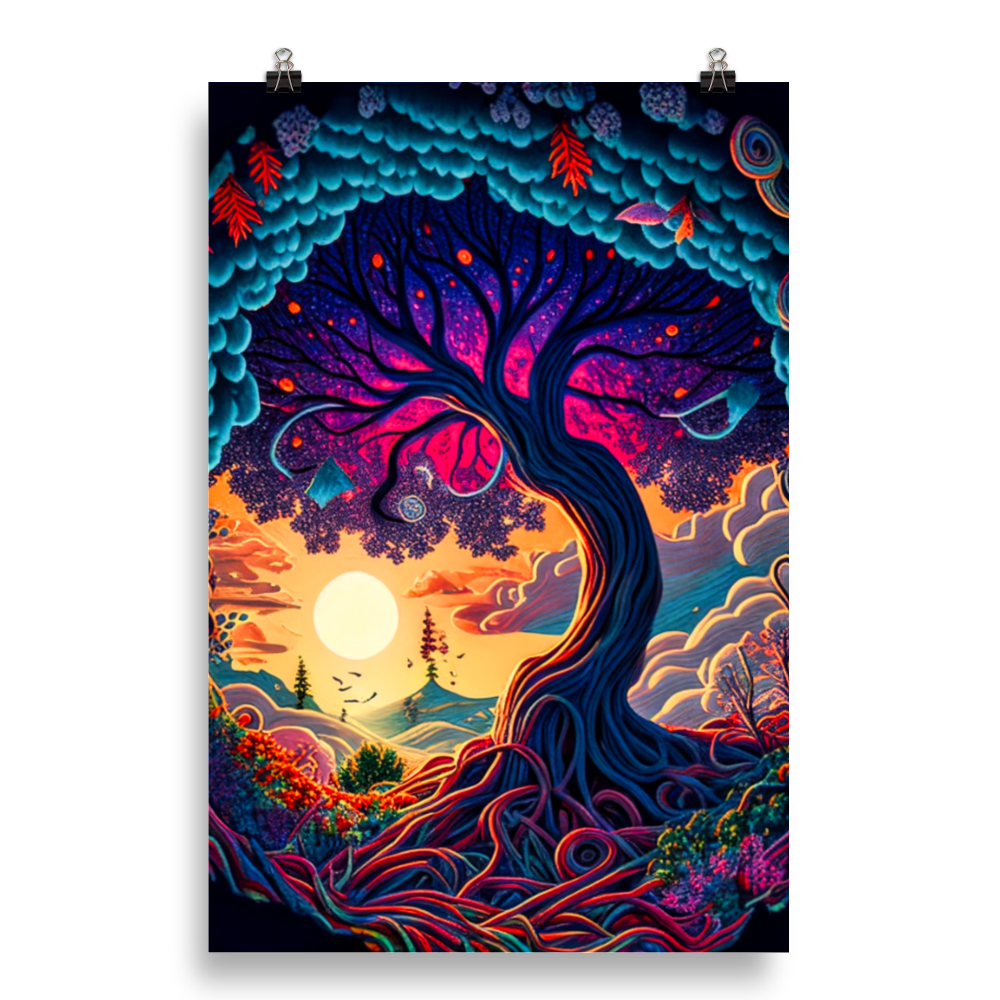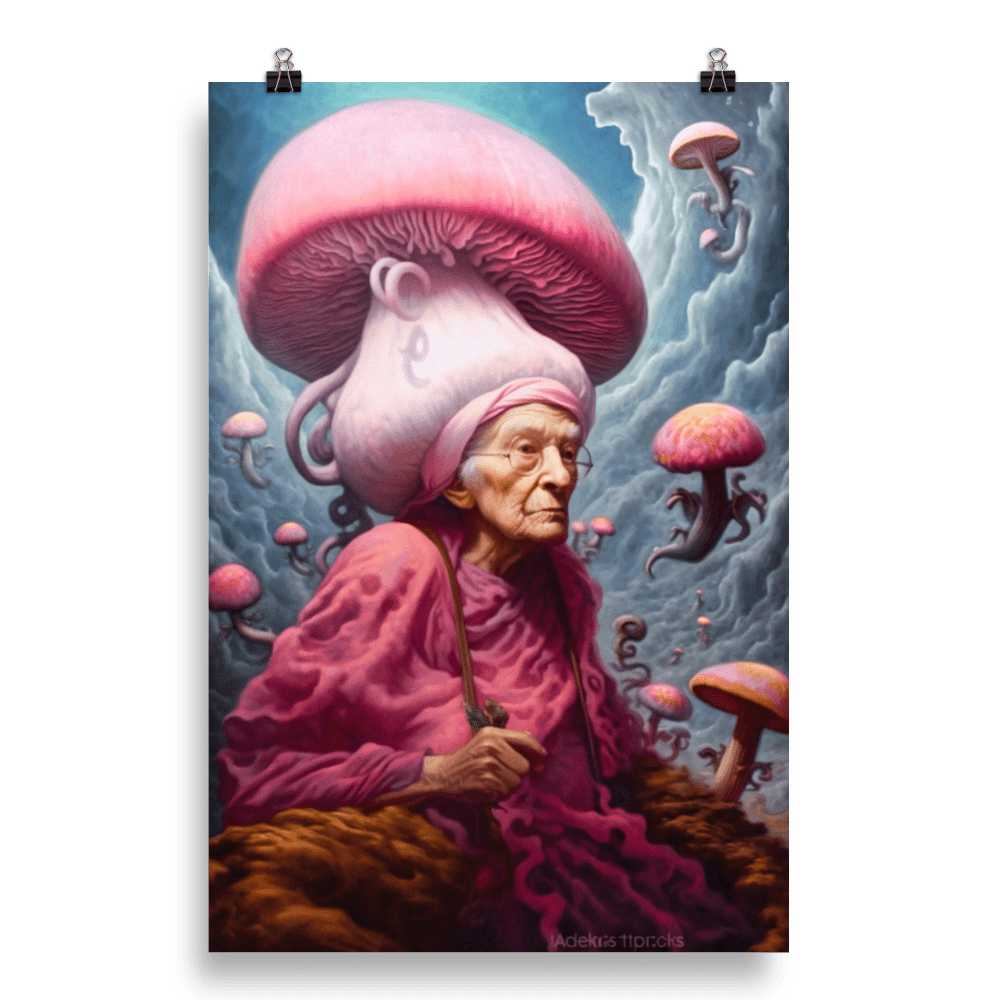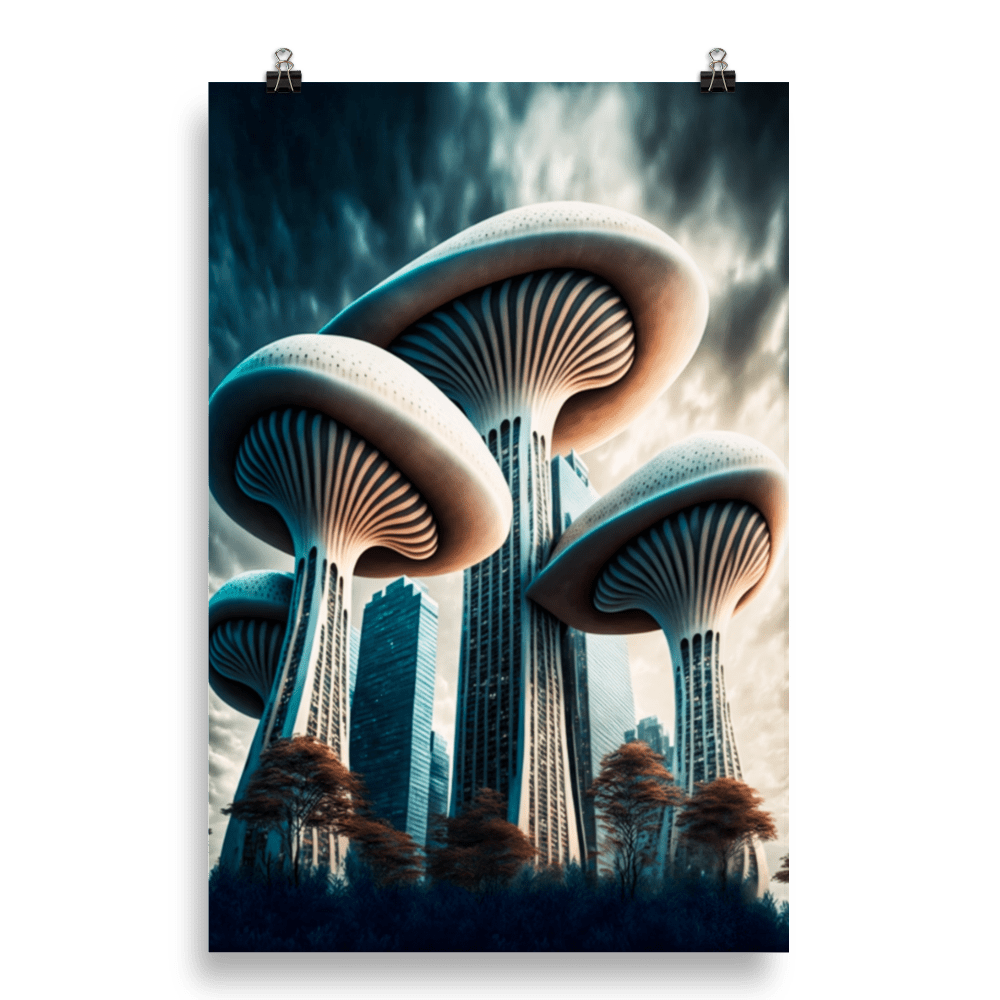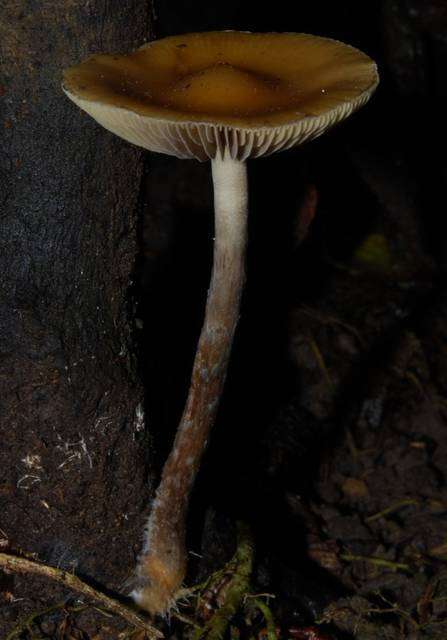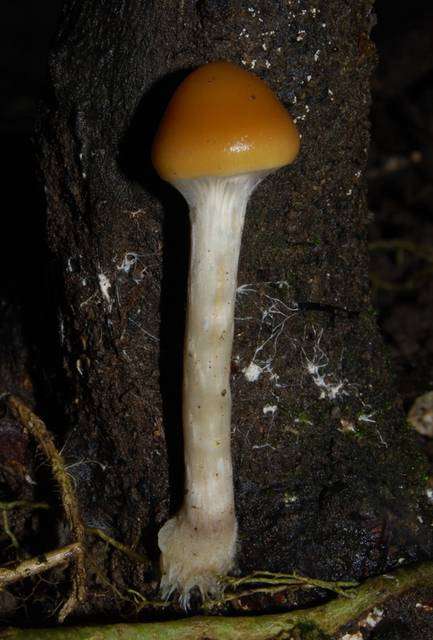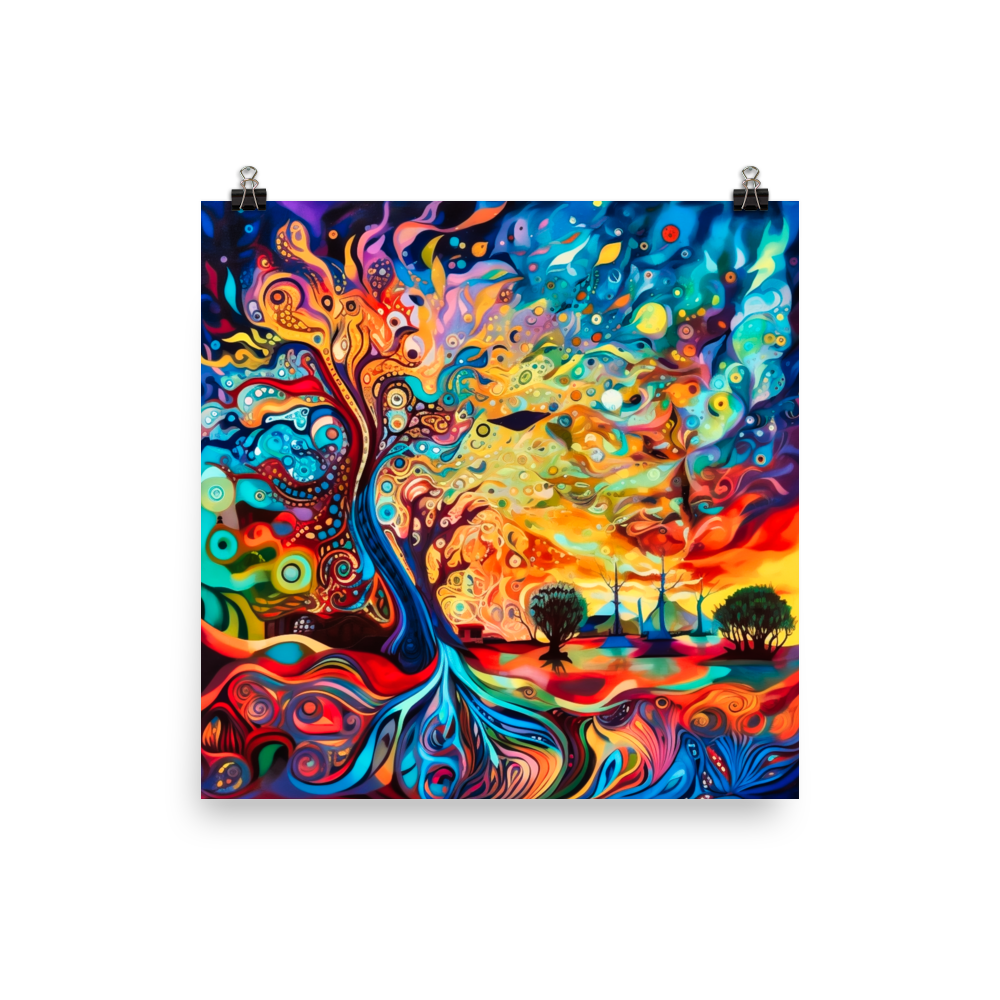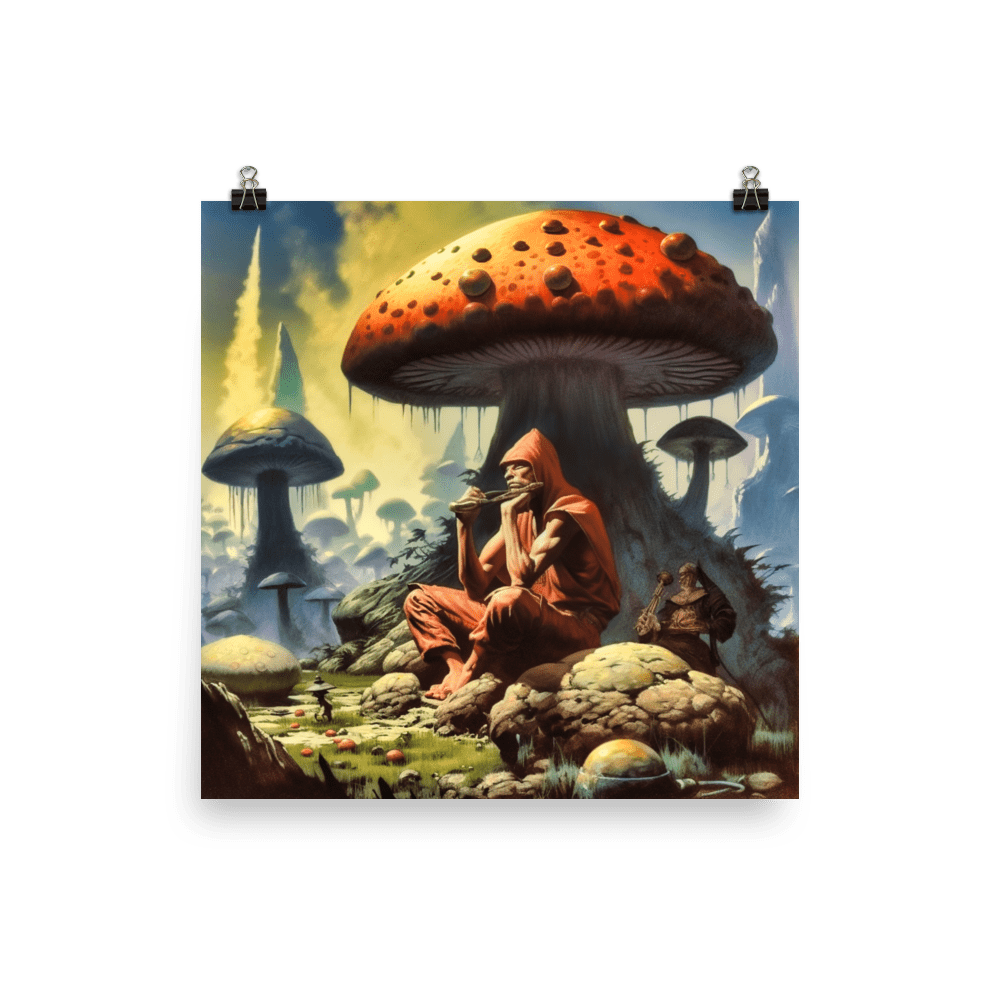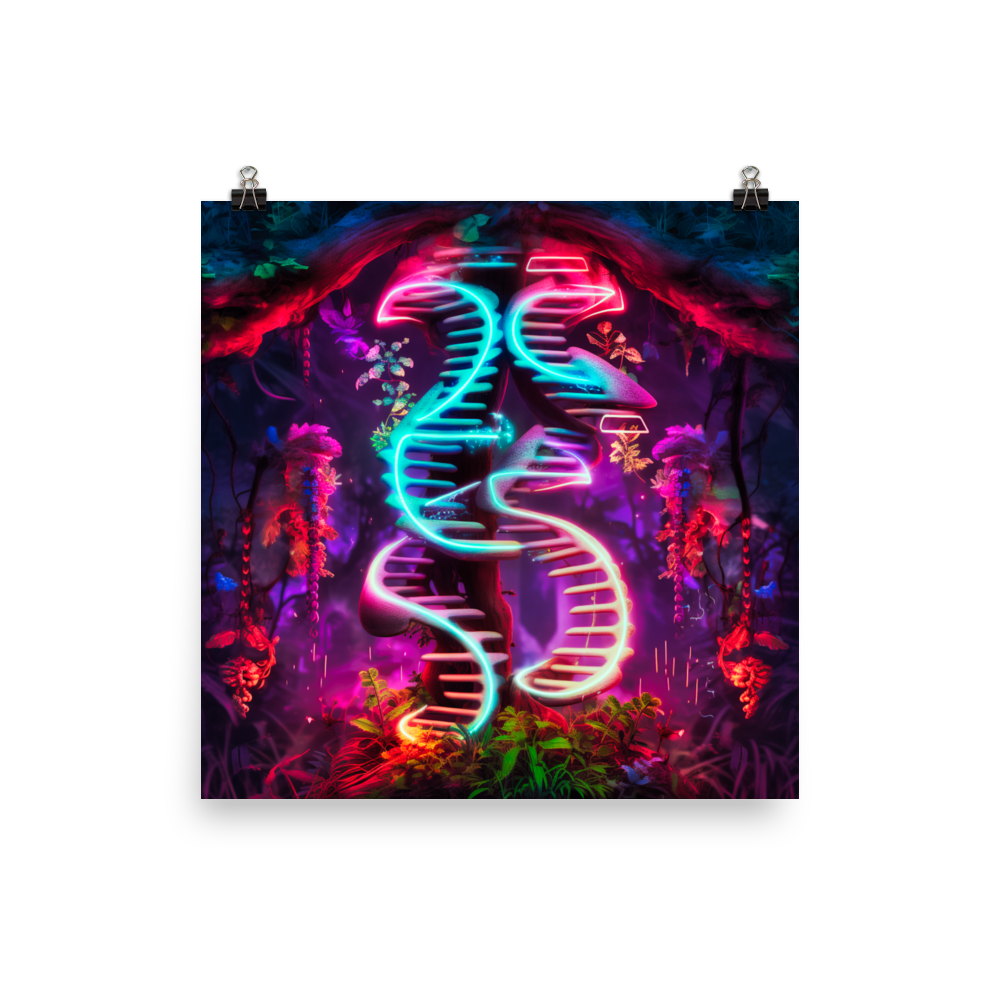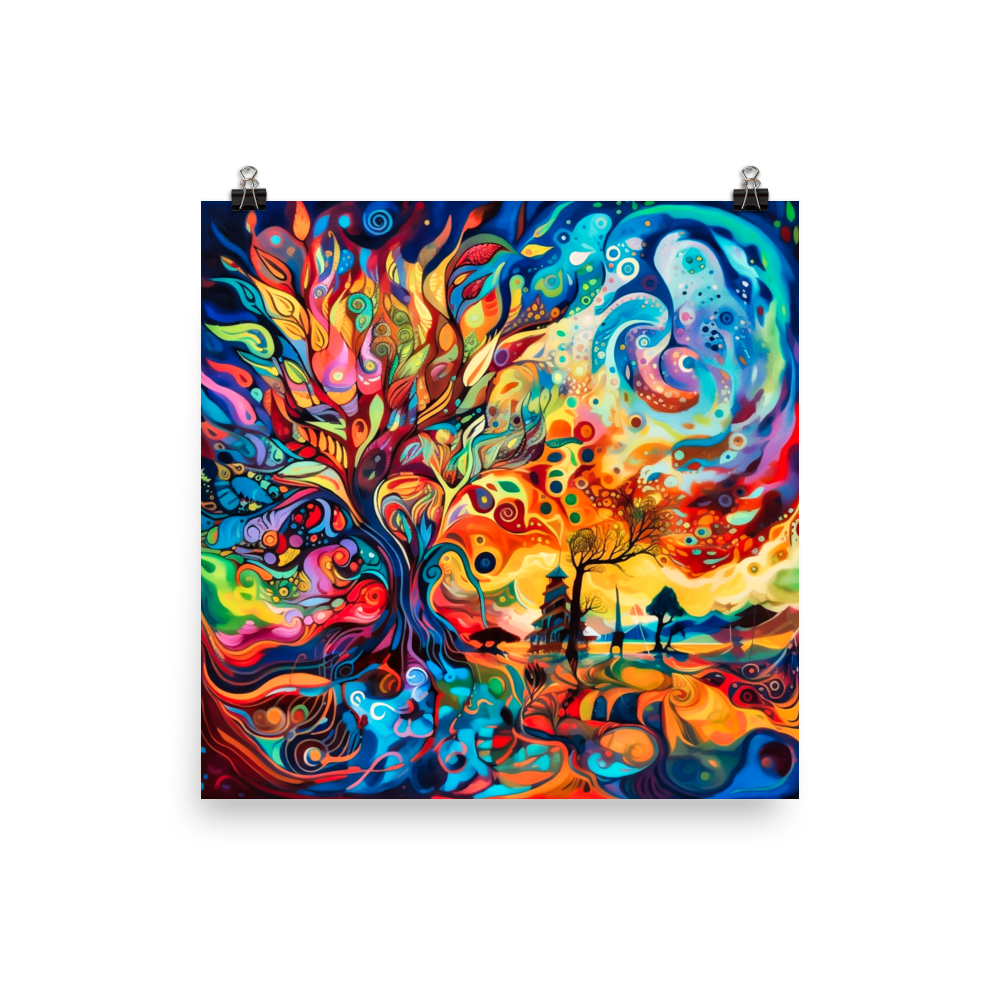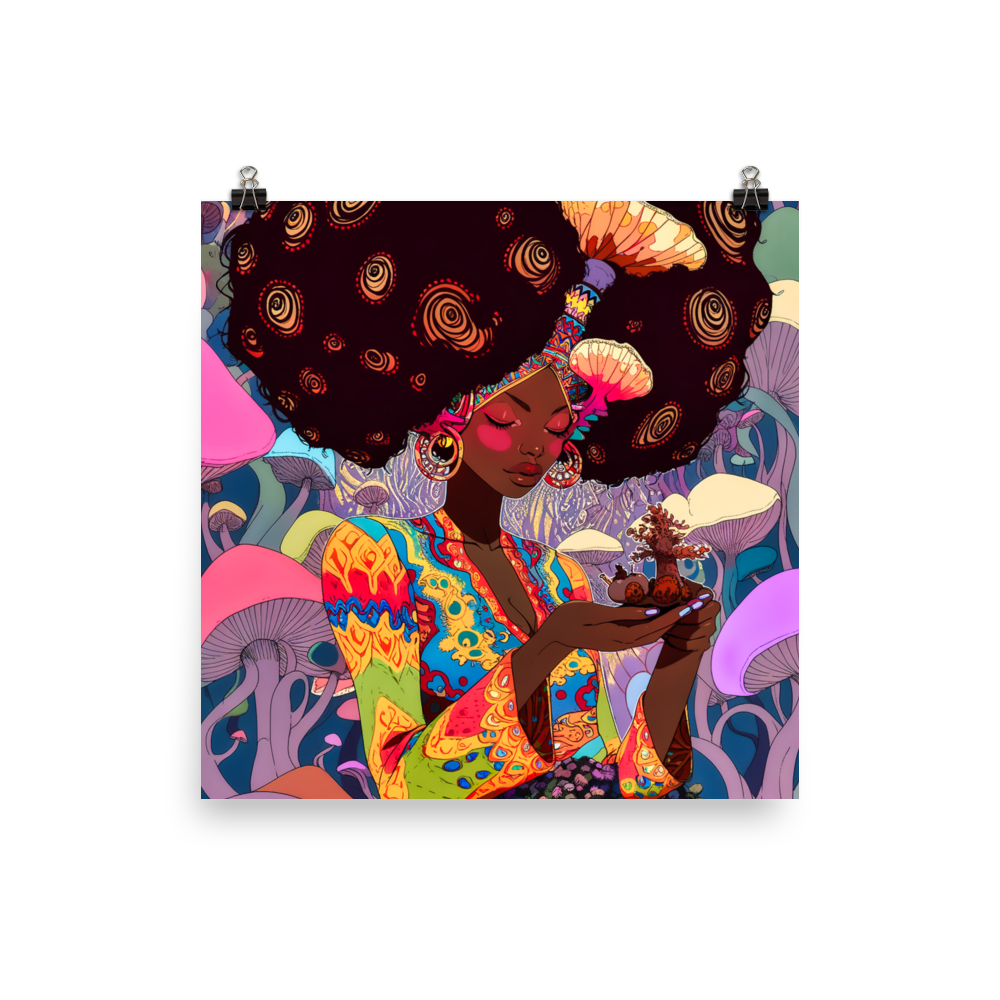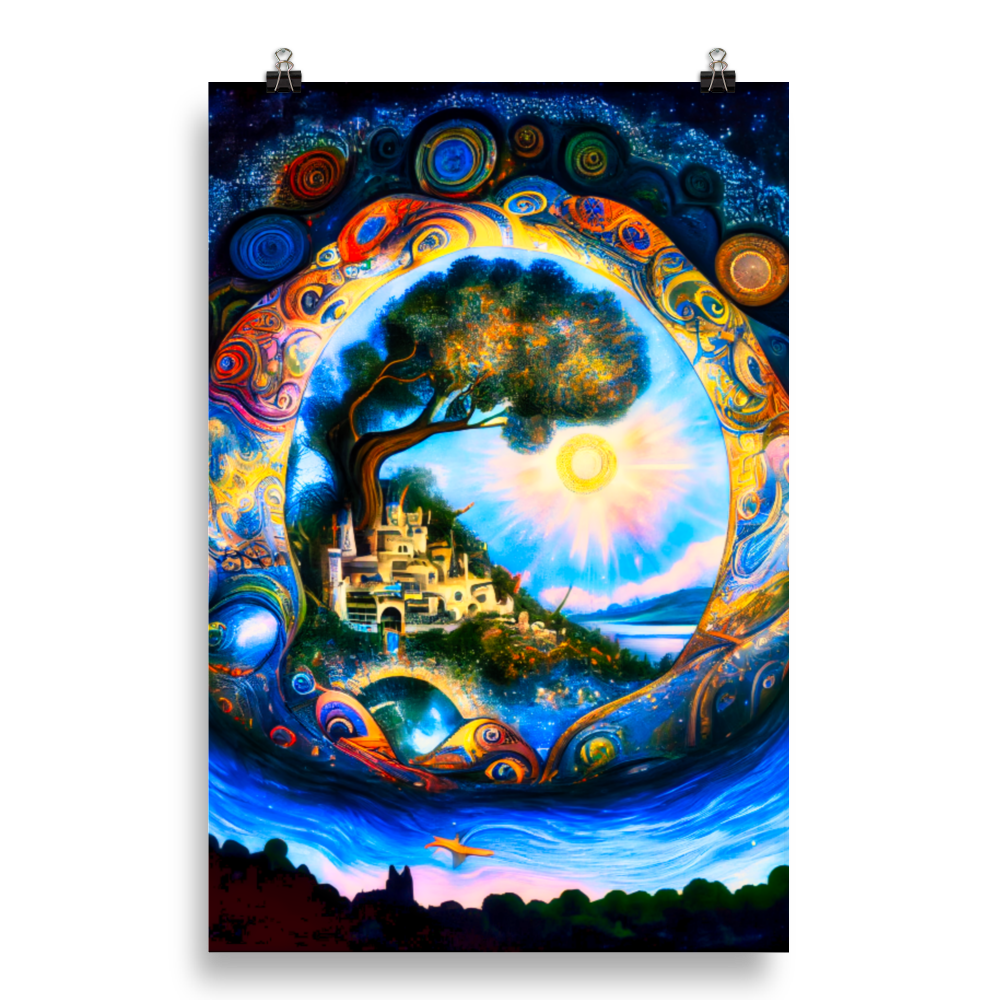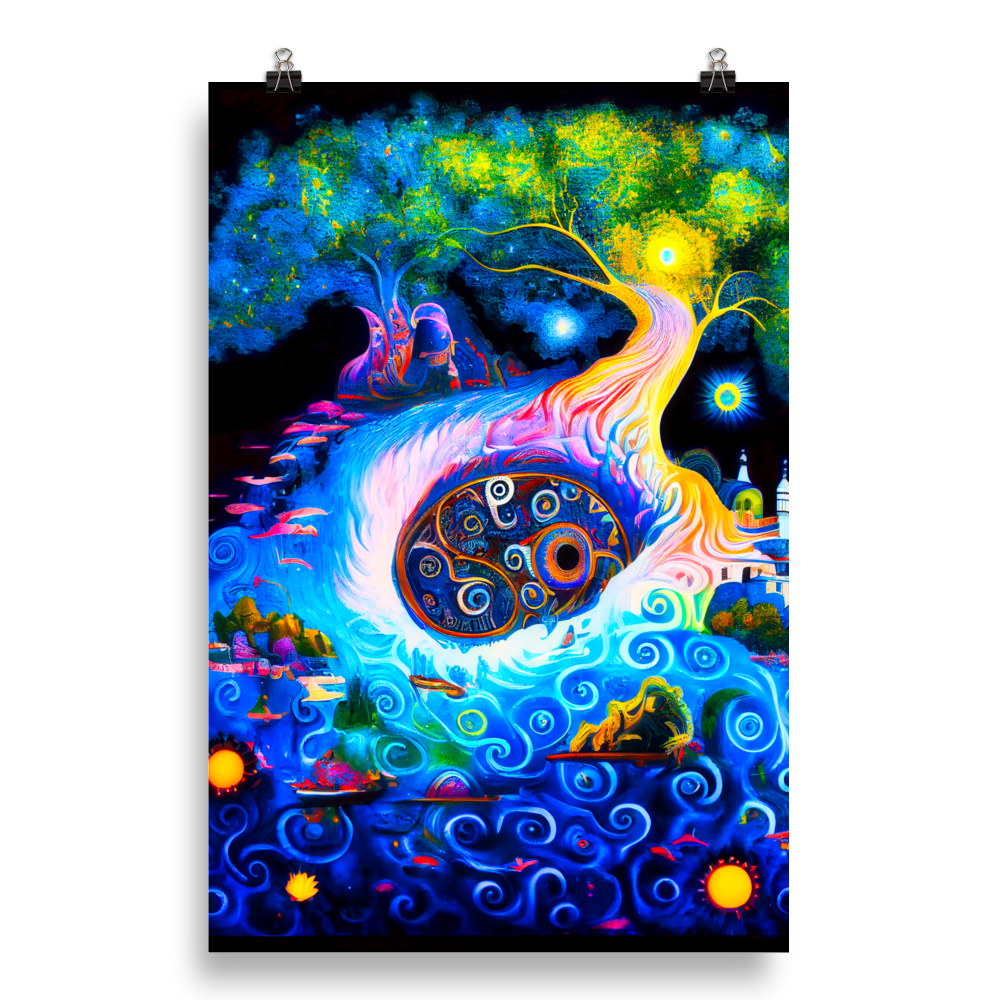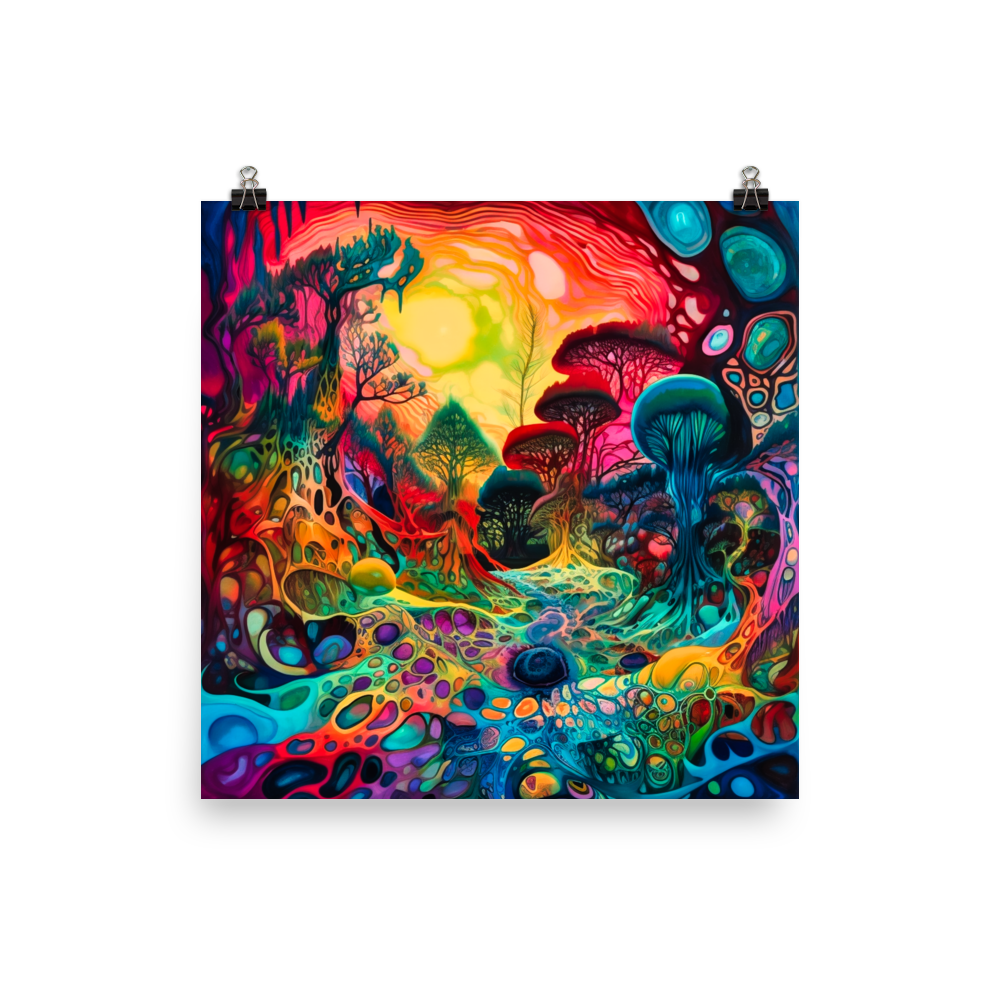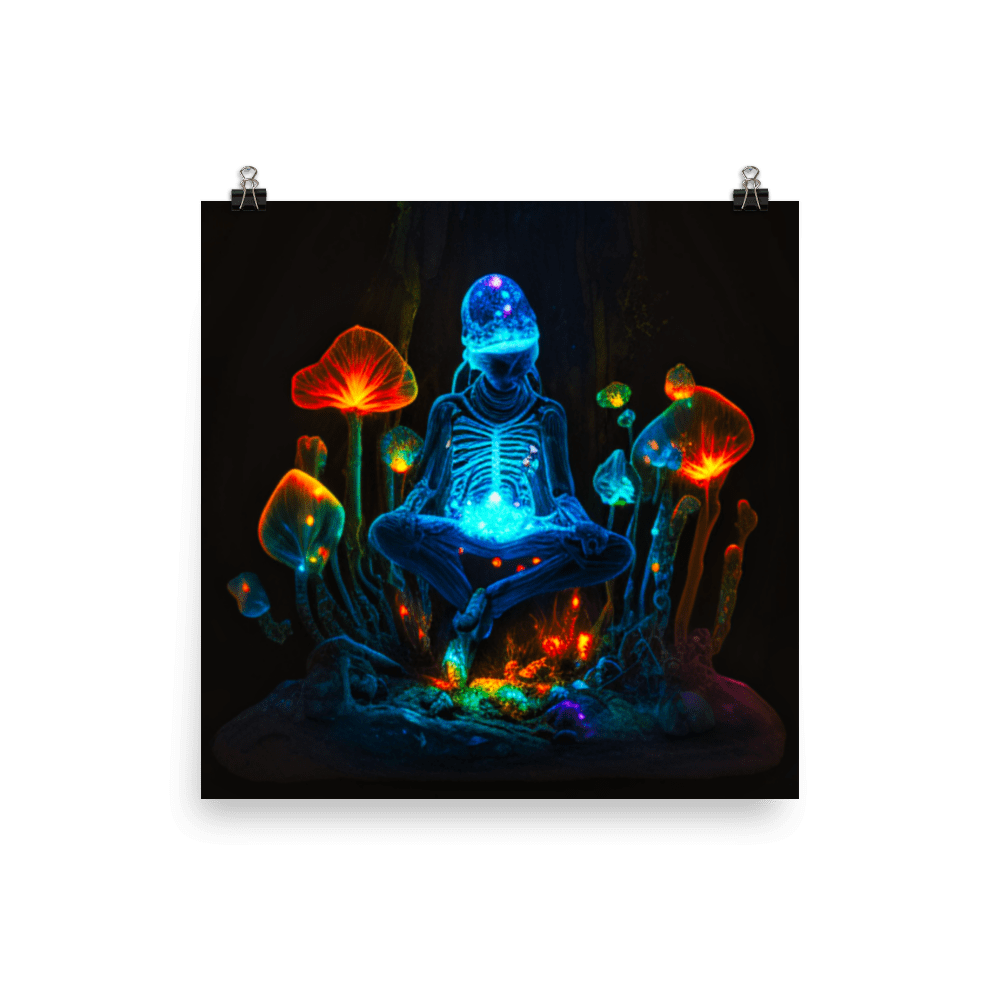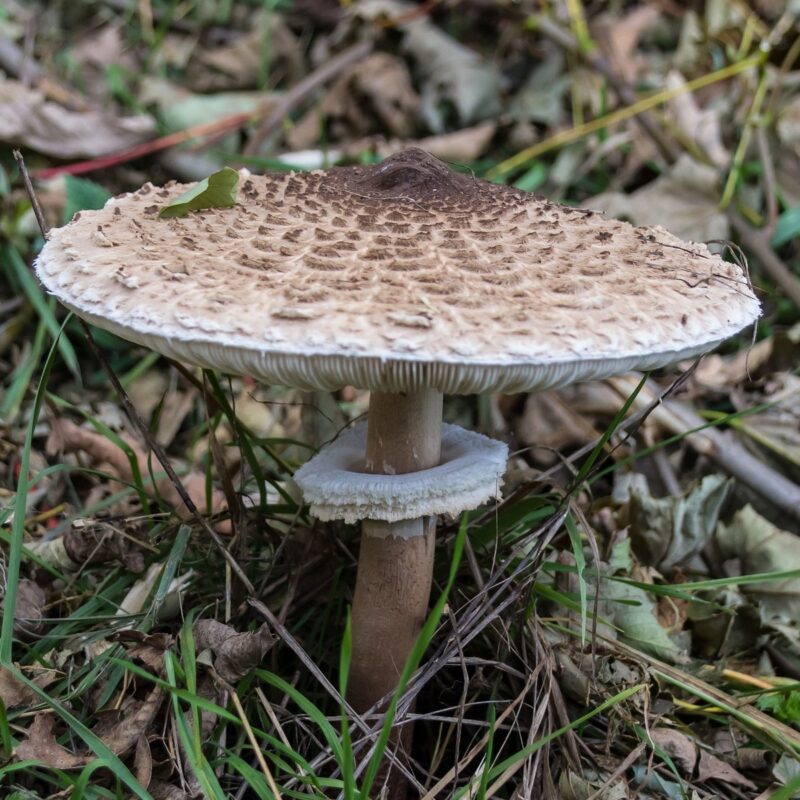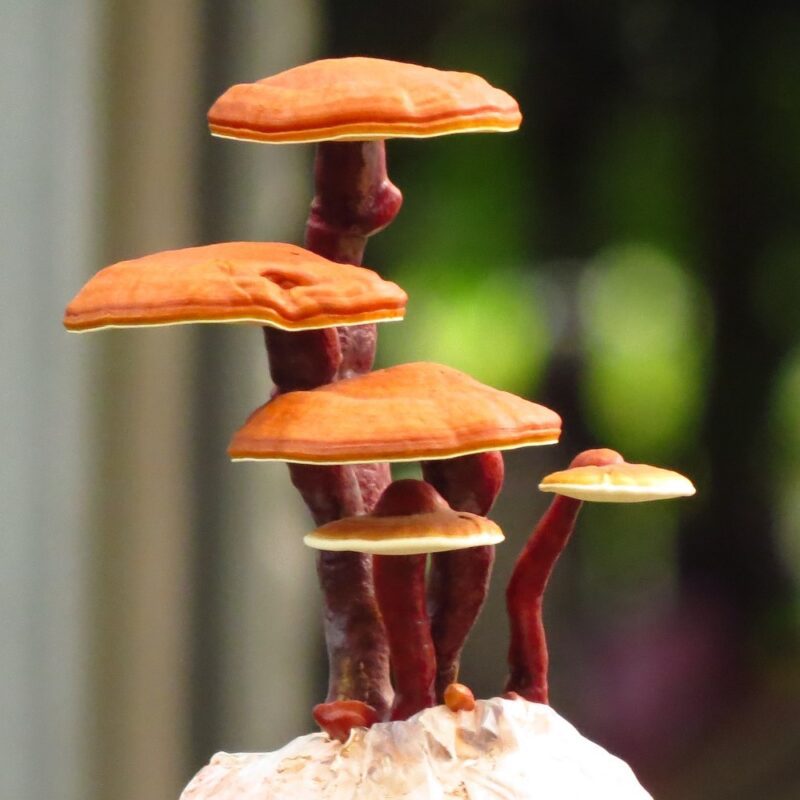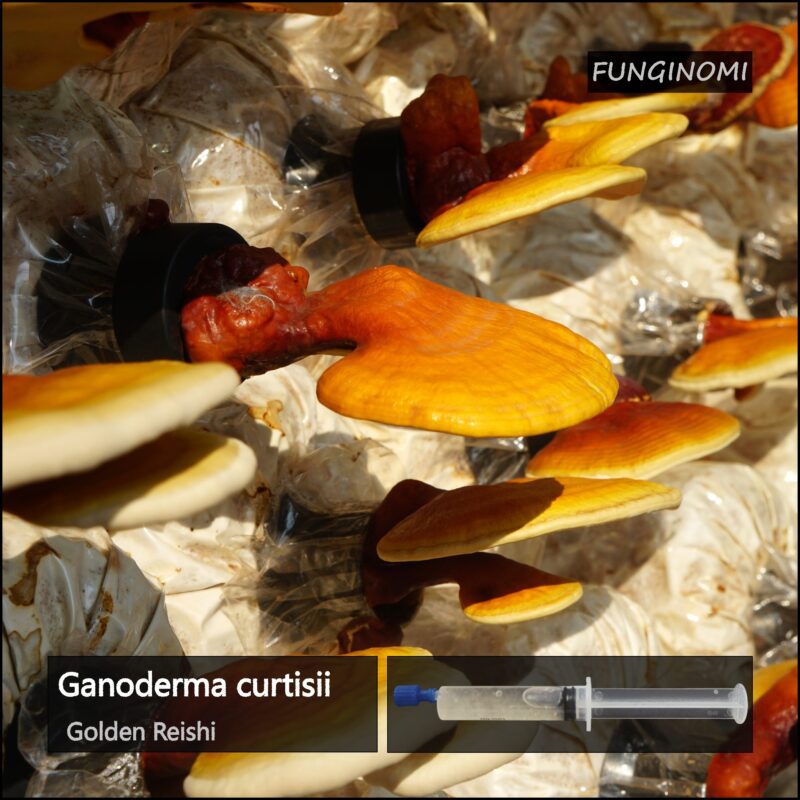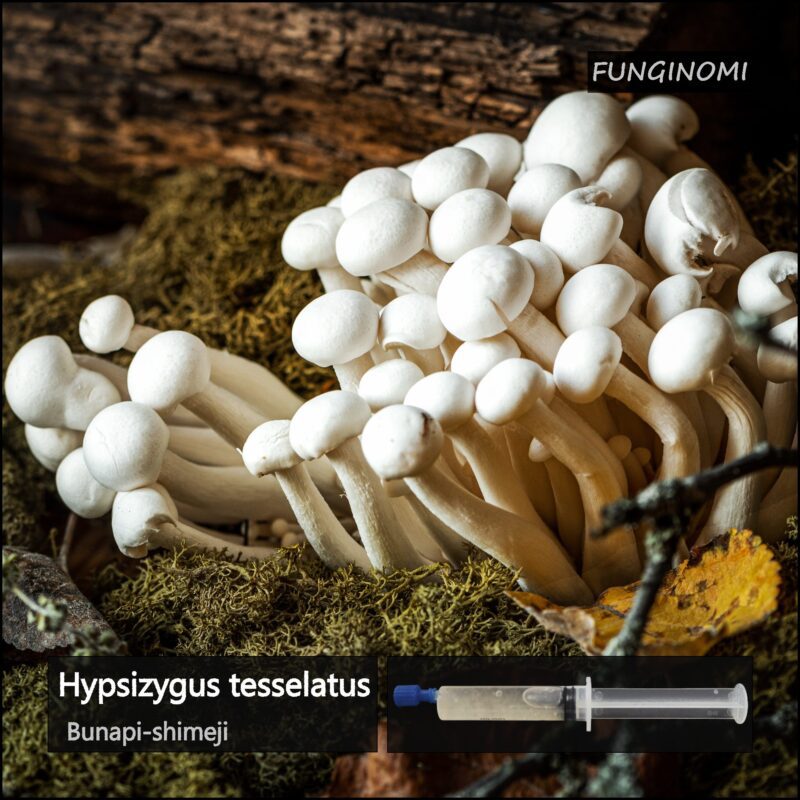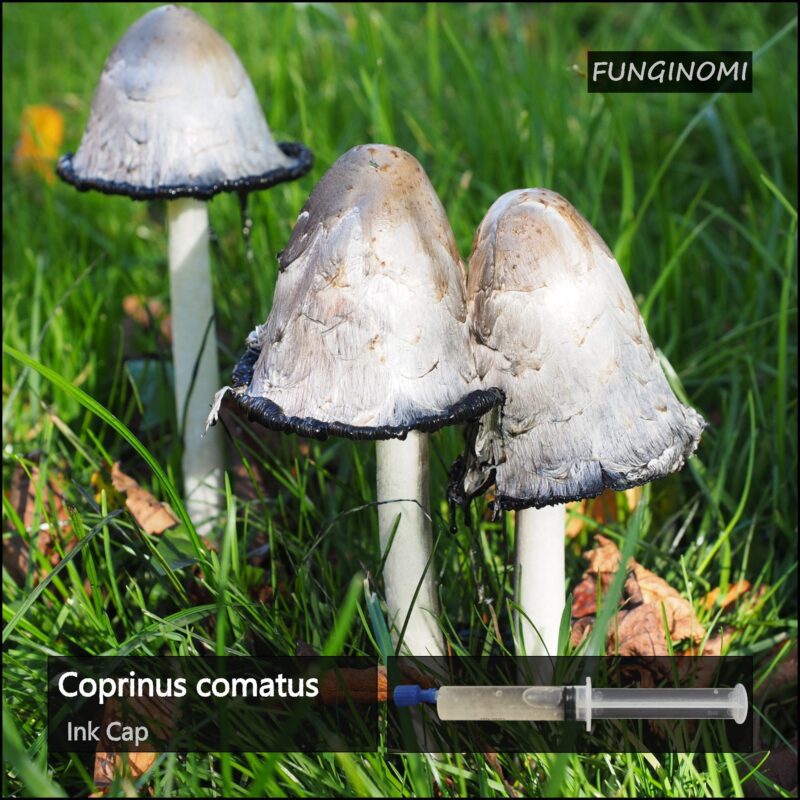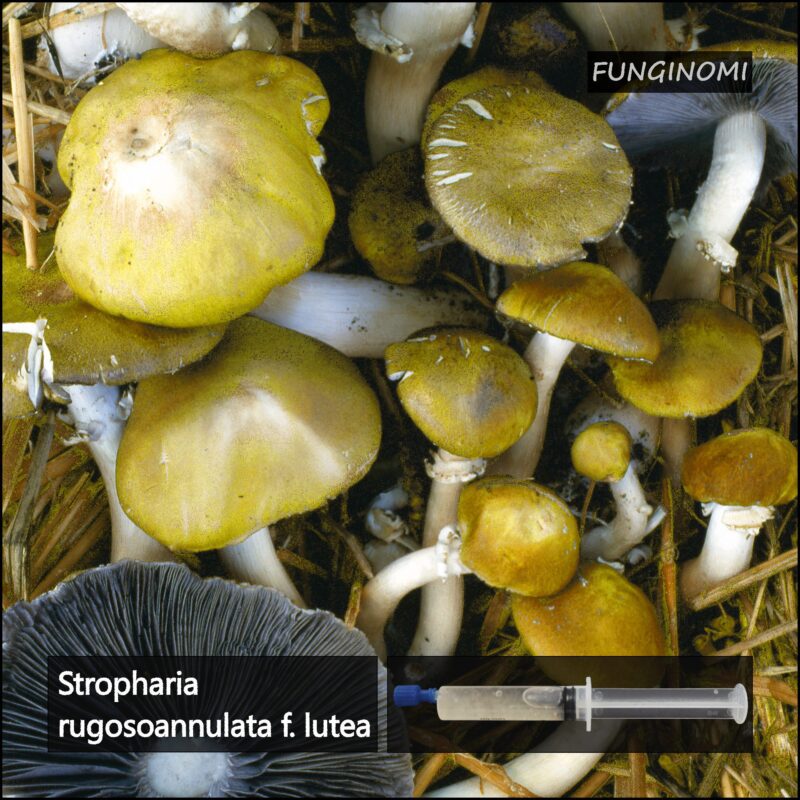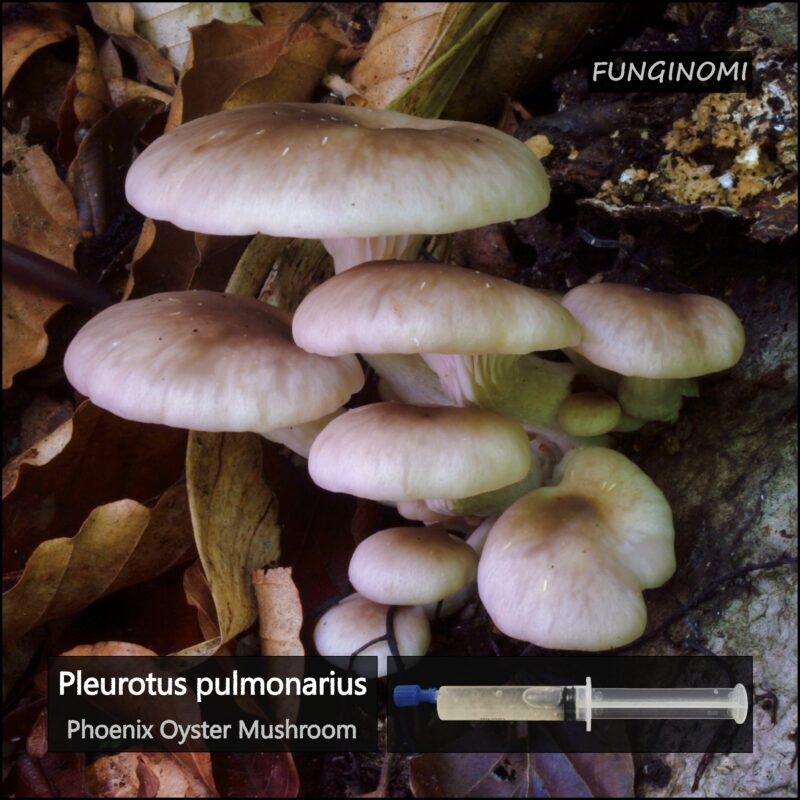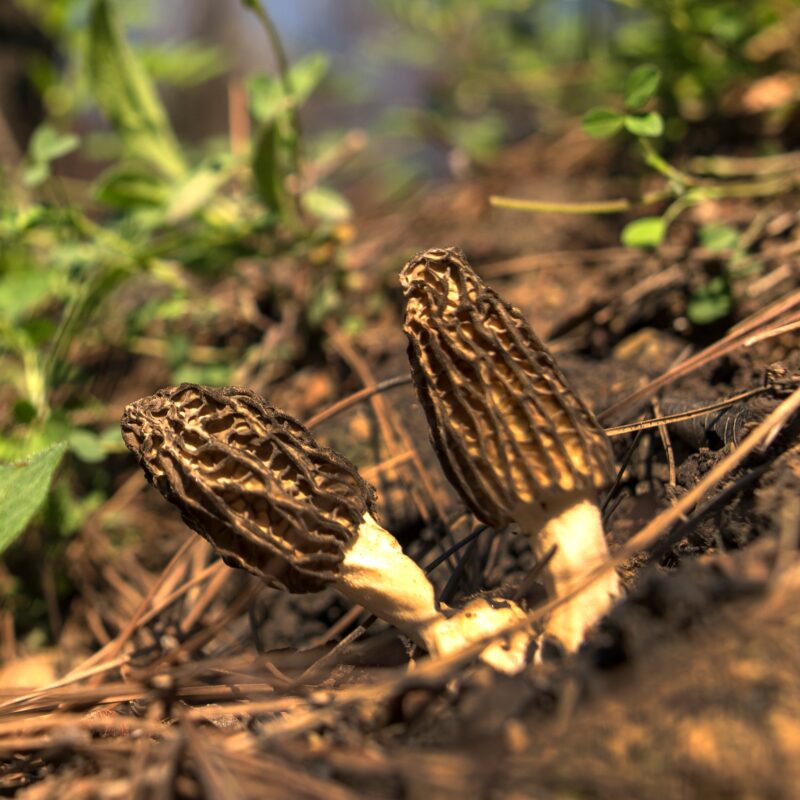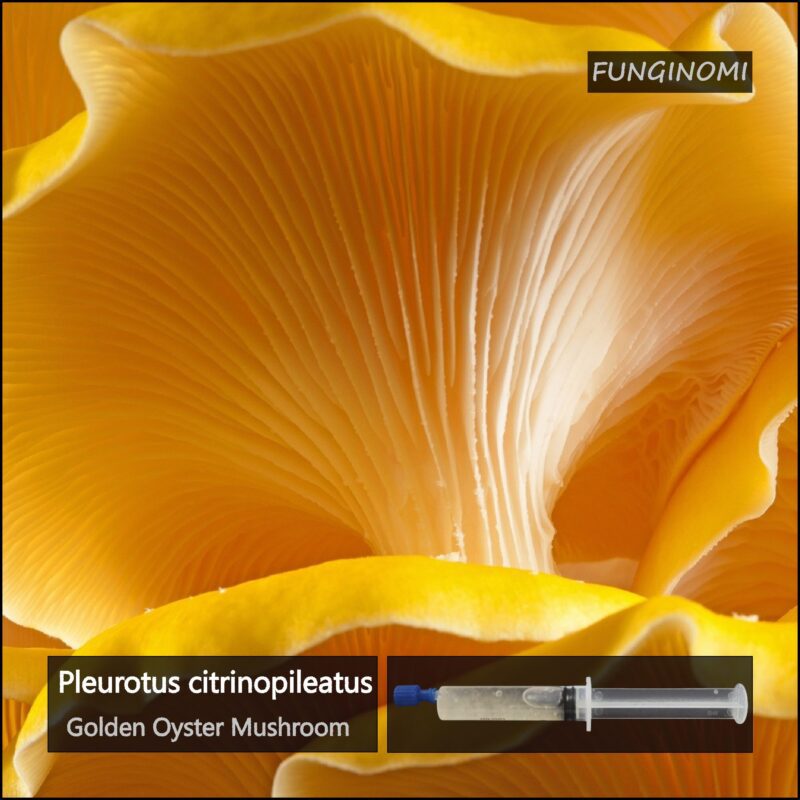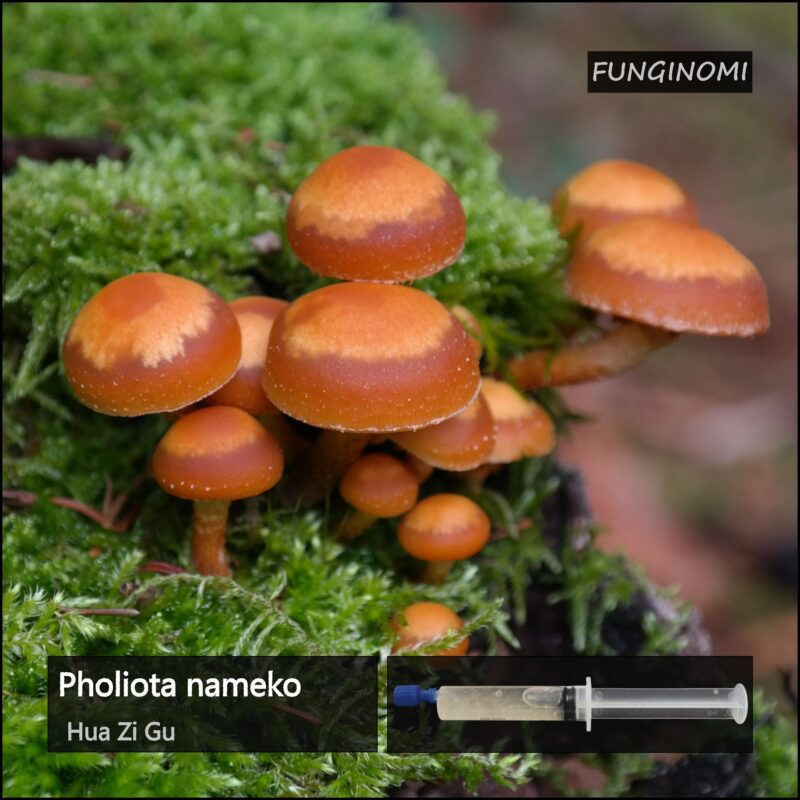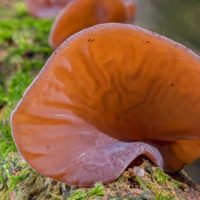Psilocybe allenii
Description
Psilocybe allenii is a species of mushroom belonging to the genus Psilocybe, which is known for its psychoactive properties. It is commonly referred to as Allen’s psilocybe or the golden cap.
Distinguishing this species is often very difficult and is usually only safely possible microscopically. Incorrect identification can lead to ingesting toxic or potentially fatal species. Psilocybe allenii has a rich cultural history intertwined with human civilization. Ancient cultures revered this magical mushroom as a sacred tool for spiritual exploration, divination, and healing.
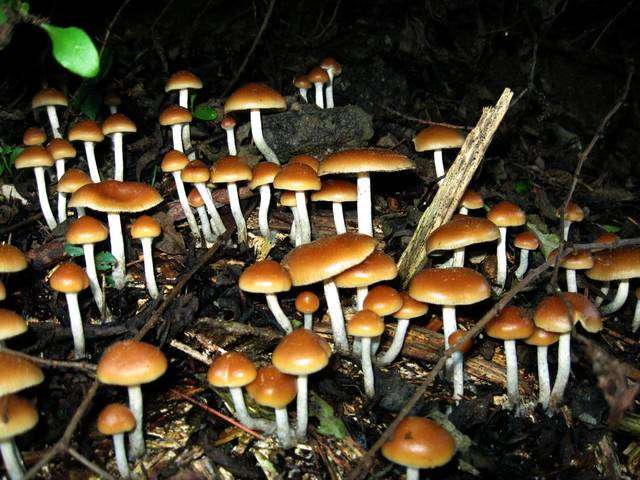
Scientific research on Psilocybe allenii focuses on understanding its chemical composition, biological effects, and potential therapeutic applications. Studies have identified various psychoactive compounds in this mushroom, such as psilocybin and psilocin, which interact with serotonin receptors in the brain, influencing cognition and perception. Research suggests that these compounds may have therapeutic potential for treating conditions like depression, anxiety, and post-traumatic stress disorder (PTSD). Continued investigation into P. allenii and related species is essential for unlocking their medical potential while ensuring safe usage and conservation.
Collection August 2024
Grab them, they are hot! 😊
Properties
This humble mushroom is a master chemist, producing a cocktail of psychedelic compounds that can unlock the hidden doors of perception. Psilocybe allenii has a strong hallucinogenic effect. The psilocybin content can be almost up to 2% of the dry matter.
While the effects of Psilocybe allenii may be otherworldly, its origins are firmly grounded in the natural world. This species thrives in the lush, damp corners of forests, where it forms symbiotic relationships with the roots of nearby trees.
Recent studies have suggested that psilocybin, the key compound found in Psilocybe allenii, may hold promising therapeutic potential for a range of mental health conditions, including depression, anxiety, and addiction.
Hallucinations
Psilocybe allenii can induce visual (especially withing high doses), auditory, and sensory hallucinations.
Euphoria and Introspection
Many report feelings of euphoria, introspection, and enhanced creativity.
Altered Perception
Users experience shifts in perception of time, space, and reality.
Mindset and Setting
The effects are influenced by mindset and environment.
Growing
How to Grow Psilocybe allenii?
This species is a wood-loving mushroom, and its cultivation process differs from other Psilocybe varieties. In this guide, we will outline the steps to successfully grow Psilocybe allenii outdoors using wood chips as a substrate, you can follow our P. cyanescens guide if you want to cultivate indoors, just change the environmental parameter.
The cultivation of Psilocybe allenii begins with obtaining a clean culture. This can be achieved by starting with spores and transferring them to agar petri dishes. In a sterile environment, inoculate the spores onto the agar using a homemade inoculation loop. Select the best dishes with healthy mycelium growth and transfer them to fresh petri dishes.
It’s time to move on to the next phase: Rye grain bags. Sterilize the rye grain bags, and once cooled, inoculate them with the culture. Seal the bags and incubate them at room temperatures (spawn run). The colonization process may take around three weeks.
When the rye grain bags are fully colonized, it’s time to transfer the mycelium to wood-based substrates. Experiment with different options, such as pasteurized cardboard or pasteurized sawdust. Choose a substrate that is suitable for the growth of Psilocybe allenii. Inoculate the substrates with a portion of the colonized rye grain bag.
PH Levels
Agar Culture Media
5.0 – 6.0
Spawn Run
5.5 – 6.5
Fruiting Phase
5.5 – 6.5
Harvest
none
Any Sale Helps us Doing what we Love 😊
S
|
P
|
F
|
|
|---|---|---|---|
Temp |
21-26°C (70-79°F) | 7°C-13°C (64-73°F) | 10°C-18°C (64-73°F) |
Relative Humidity % |
90-95 | 85-90 | 85-90 |
Duration d |
10-21 | 5-14 | 7-14 |
CO2 ppm |
>5000 | 1000-2000 | <1000 |
FAE per h |
0-1 | 4-6 | 4-8 |
Light lux |
– | 100-800 | 500-1000 |
How to make an outdoor woodchip bed for Psilocybe allenii?
To create an outdoor woodchip bed, remove any unwanted vegetation and lay down the woodchips. Psilocybe allenii prefers hardwood chips, but other wood types can also be used. Place the colonized substrate on top of the woodchips. Make sure the bed is labeled for easy identification.
Maintain moisture levels by watering the beds periodically, especially during dry periods. Covering the beds with cardboard and placing stones on top can help retain moisture. In the fall, remove the cardboard to allow natural rainfall to provide moisture.
Psilocybe allenii requires cool temperatures for fruiting. Typically, fruiting occurs between September and January in colder weather. Be patient, as it may take some time for the mushrooms to appear. Regularly check the beds for any signs of growth, such as mushroom caps and white rhizomorphs near the base.
Harvest Psilocybe allenii
- Harvesting: When the mushroom caps have fully expanded and the veil underneath them begins to break, it is time to harvest. Use clean, sharp scissors or a sterile knife to cut the mushrooms at the base of the stem. Harvesting in stages as the mushrooms mature will ensure a continuous supply.
- Subsequent Flushes: Psilocybe allenii can produce multiple flushes of mushrooms. After each harvest, maintain proper environmental conditions and mist the casing layer to encourage the development of new pins. Repeat the process until the substrate’s nutrients are depleted, and the yield diminishes significantly.
Remember, growing Psilocybe allenii may be subject to legal restrictions in your location. Always adhere to the laws and regulations governing the cultivation and use of psychoactive substances.
In conclusion, cultivating Psilocybe allenii is a process that requires attention to detail and patience. By following the steps outlined in this guide and adapting them to your specific conditions, you can increase your chances of successfully growing this unique and potent species of mushroom outdoors.
Cropping Cycle
Inoculation Phase
This phase involves transferring mycelium from agar plates to sterilized grain spawn (e.g., rye, millet).
Duration: Typically takes 2-3 weeks.
Ensure sterile conditions to prevent contamination. Shake the jars periodically to distribute the mycelium evenly throughout the grain.
Spawn Run
During this phase, the fully colonized grain spawn is mixed with a bulk substrate (e.g., a mix of pasteurized wood chips, straw, or sawdust).
Duration: Usually takes 3-4 weeks.
Maintain high humidity and moderate temperatures. Proper mixing and even distribution of the grain spawn within the substrate are crucial for uniform colonization.
Fruiting Phase
This phase begins when the colonized substrate is placed in fruiting conditions, which include high humidity, fresh air exchange, and appropriate lighting.
Duration: Pinning occurs within 1-2 weeks, with mature mushrooms appearing in another 1-2 weeks.
Maintain humidity around 90-95% and provide indirect light for 12 hours a day. Ensure adequate ventilation to prevent CO2 buildup and promote healthy fruit body development.
Harvest
Description: involves collecting the mature mushrooms, usually 1-2 weeks after pinning.
Duration: Typically occurs over a period of 1-2 weeks.
Harvest mushrooms when the veil underneath the cap starts to tear. Use a sharp knife to cut at the base to avoid damaging the substrate, which can support multiple flushes of mushrooms.
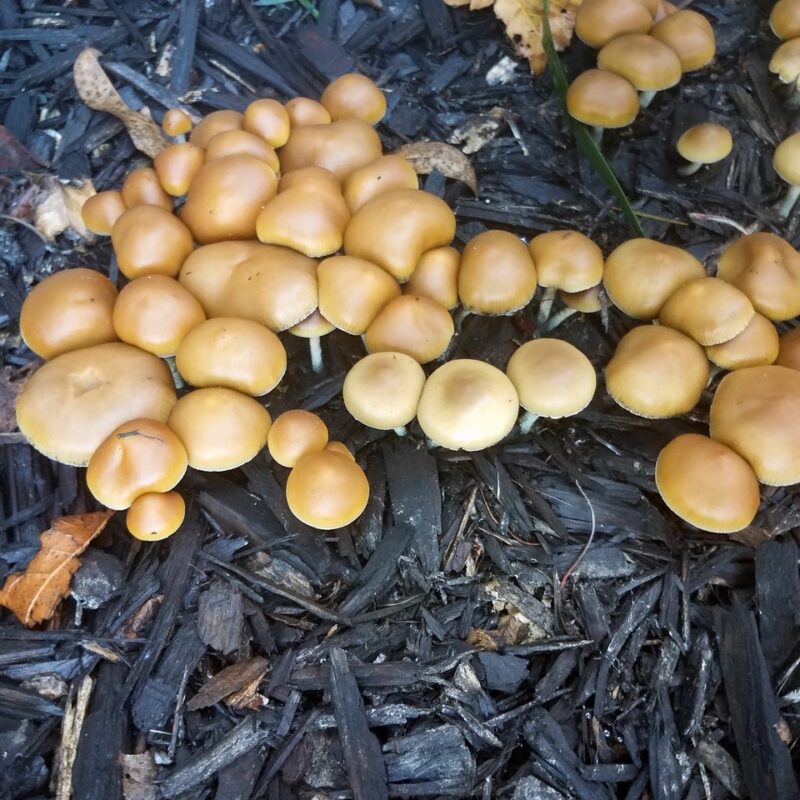
How to make Agar Culture Media?
- Dissolve the malt extract and agar in distilled water.
- Sterilize the solution by autoclaving at 121°C for 15-20 minutes.
- Pour the sterilized media into petri dishes or other containers under sterile conditions.
- The Yeast is optional, but you can add it to any recipe for nutritions, same for Peptone.
Malt Yeast Peptone Agar
MYPA
Yeast Extract: 4g
Peptone: 5g
Agar: 15g
Distilled Water: 1L
Malt Extract Agar
MEA
Malt Yeast Agar
MYA
Potato Dextrose Yeast Agar
PDYA
Potato Infusion: 200g (from boiling 200g of diced potatoes in 1L of water, then straining)
Fruiting Containers
Trays
Open trays filled with colonized substrate can be placed in a high-humidity chamber or tent.
These trays allow for easy monitoring and harvesting. They should be placed on racks to ensure good air circulation. High humidity (90-95%) should be maintained to support fruit body development.
Monotubs
Plastic storage bins with modified lids and holes for ventilation are commonly used.
Monotubs are self-contained environments that provide controlled conditions for fruiting. They usually have holes stuffed with polyfill or covered with micropore tape to balance fresh air exchange and humidity. The substrate should be evenly distributed at the bottom of the tub.
Martha Tents
Small greenhouse-style grow tents with shelves, often equipped with humidifiers and fans for optimal conditions.
Martha tents provide a large, controlled environment that can accommodate multiple trays or containers. They are ideal for maintaining high humidity and proper air exchange. Humidifiers and fans can be set up to ensure consistent conditions and prevent CO2 buildup.
Shotgun Chamber
Transparent plastic containers with drilled holes for ventilation and a layer of perlite at the bottom.
Shotgun fruiting chambers (SGFC) are designed to maintain high humidity levels through the use of moistened perlite. The drilled holes provide natural air exchange, which is crucial for healthy mushroom development. The container should be kept in a well-lit area with indirect sunlight or artificial lighting.
Myco Bags
Specialized plastic bags with filter patches for gas exchange.
MycoBags can be used for fruiting Psilocybe allenii directly inside the bag. They offer the advantage of maintaining sterile conditions while allowing for gas exchange. These bags can be hung or placed on shelves in a humid environment. Once mushrooms start to form, the bags can be opened to allow for better air circulation.
Substrate
Psilocybe allenii, like many wood-loving Psilocybe species, thrives on substrates rich in lignin and cellulose.
Preferred Wood Types
Alder (Alnus)
Maple (Acer)
Oak (Quercus)
Beech (Fagus)
Birch (Betula)
Hardwood Sawdust
Hardwood sawdust is one of the primary substrates for Psilocybe allenii. It provides a rich source of lignin and cellulose, which the mycelium can efficiently break down.
Preparation:
Use sawdust from hardwoods such as oak, maple, or beech.
Mix with a nutrient supplement like wheat bran or rice bran (5-20% by volume) to boost nitrogen content.
Hydrate the sawdust mixture to achieve a moisture content of around 60-65%.
Pasteurize or sterilize the substrate before inoculation to eliminate competing organisms.
Wood Chips
Wood chips provide a coarse substrate that promotes good air exchange within the substrate. This is beneficial for the mycelium’s growth.
Preparation:
Use fresh, untreated hardwood chips from trees like alder, maple, or beech.
Soak the wood chips in water for 24 hours to hydrate them.
Drain and optionally mix with a small amount of sawdust or bran for added nutrition.
Pasteurize the wood chips by heating them to around 60-70°C for an hour or more.
Straw
Straw can be used as a bulk substrate, either alone or mixed with wood chips or sawdust.
Preparation:
Cut the straw into short pieces (2-4 inches) for easier handling and better substrate structure.
Soak the straw in water for 24 hours to hydrate.
Pasteurize the straw by heating to 60-70°C for an hour.
Mix with wood chips or sawdust to improve substrate structure and nutrient content.
Cardboard
Cardboard can be used as a supplemental substrate or casing layer. It’s rich in cellulose and easy for mycelium to colonize.
Preparation:
Soak the cardboard in water until fully saturated.
Tear or cut into small pieces or strips.
Pasteurize by pouring boiling water over the pieces and letting them cool.
Composted Manure
Well-composted manure can be mixed with wood-based substrates to enhance nutrient content. It is not typically used alone for Psilocybe allenii but can be a valuable supplement.
Preparation:
Ensure the manure is well-composted to eliminate ammonia and pathogens.
Mix with wood chips or sawdust in a ratio of about 20-30% manure to 70-80% wood-based substrate.
Hydrate and pasteurize the mixture before use.
Coco Coir and Vermiculite
A mix of coco coir and vermiculite provides a well-structured and hydrated substrate that supports mycelial growth.
Preparation:
Hydrate coco coir with water until fully expanded.
Mix with vermiculite in a ratio of 60% coco coir to 40% vermiculite.
Optionally add gypsum (1-2%) to provide calcium and sulfur.
Pasteurize the mixture to eliminate contaminants.
Biological efficiencie
For Psilocybe allenii, the biological efficiency can vary based on cultivation conditions but typically ranges from 50% to 150%.
Factors Affecting BE:
Substrate Quality: Higher nutrient content and proper hydration can enhance BE.
Environmental Conditions: Optimal temperature, humidity, and fresh air exchange are crucial for maximizing yield.
Strain Genetics: Different strains of Psilocybe allenii may exhibit varying levels of productivity.
Sometimes we miss a piece
Identification
Psilocybe allenii can be identified by its distinctive caramel to chestnut-brown cap, which is typically 1.5 to 4 cm in diameter and becomes hygrophanous, fading to a lighter tan color as it dries. The cap is often convex to plane, sometimes with a slight umbo, and the surface is smooth and viscid when moist. The gills are adnate to adnexed, close, and start off pale brown, maturing to a darker purplish-brown as spores develop. The stipe, or stem, is 4 to 9 cm long, slender, and typically whitish to pale brown, often bruising blue when handled, which is a key identifying feature. Additionally, Psilocybe allenii produces a purplish-brown spore print, and microscopic examination reveals ellipsoid to rhomboid spores with a distinct germ pore.
How to identify P. allenii
Season: Late summer to late autumn
Psilocybe allenii grows on cellulosic material such as wood shavings or sawdust, deciduous forest, in moist woods or gardens, on deadwood, humus, post-decomposer, grown as a drug. These mushrooms are commonly found growing on wood chips and other lignin-rich substrates in urban areas.
Natural Habitat
Cap
1-4 (5) cm
grayish brown, light brown, hazel, orange-brown
pale ochre yellowish when dry
barely hygrophanous
smeary when wet
young with veil
hemispherical, later flattened, margin grooved
bluish when injured (greenish blue to lagoon blue)
Hymenium
gray, grayish brown, cinnamon brown, dark brownw
hitish
attached
very distant standing
with intermediate lamellae
bluish at pressure points
margin somewhat grooved
edge likes bluish
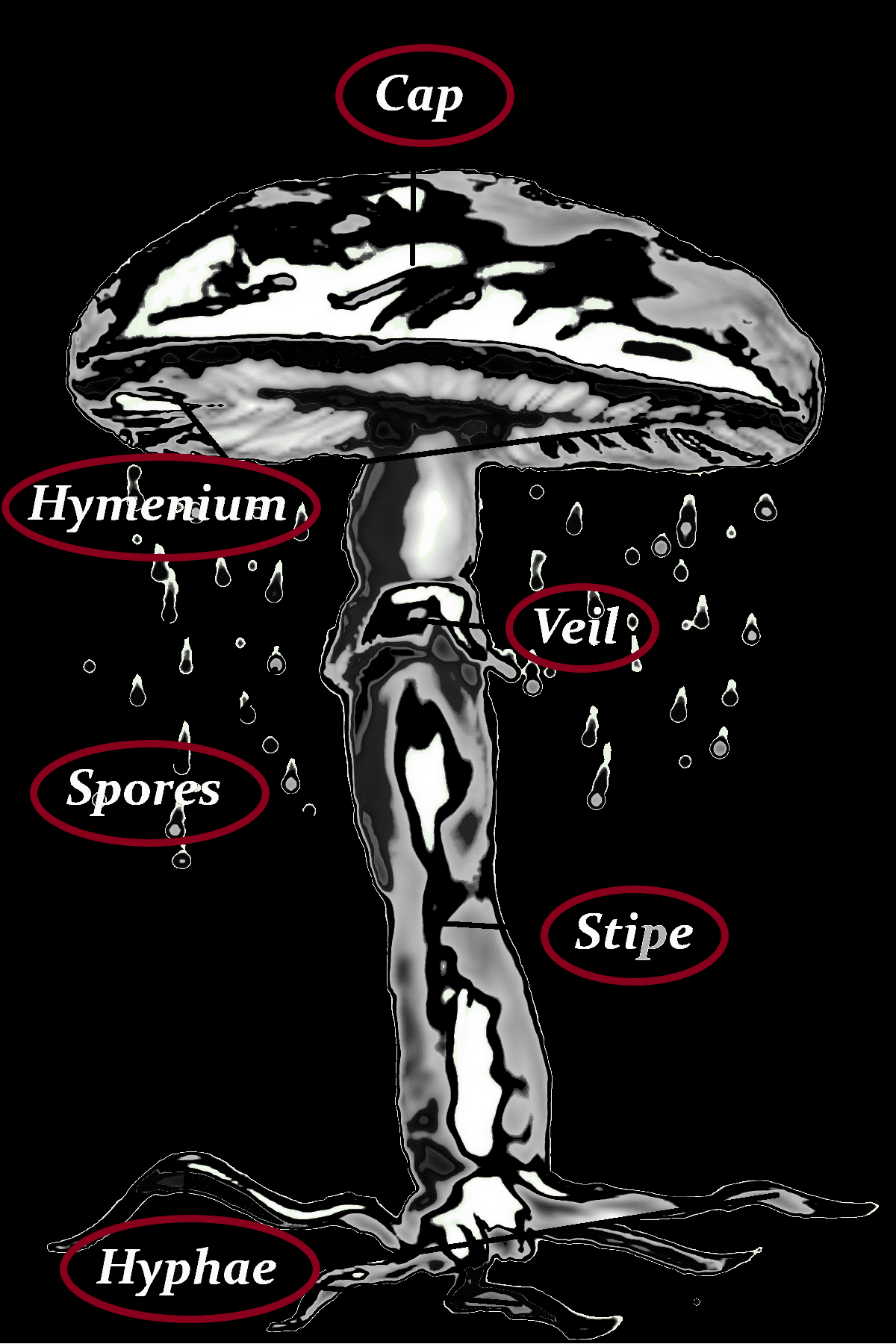
Stipe
whitish with ochre yellow, reddish brown to orange yellow
furrowed
base more orange brown
Veil
light brownish
whitish-turned-fibrous
bluish
base blue-white mycelial
somewhat thickened and curved
Spores
12-13.1 x 6.8-7.4 μm
Dark brown to purplish brown
Danger of confusion
PSILOCYBE AZURESCENS, PSILOCYBE SERBICA VAR. BOHEMICA, PANAEOLUS CYANESCENS, PSILOCYBE SEMILANCEATA, PROTOSTROPHARIA SEMIGLOBATA, PANAEOLUS PAPILIONACEUS, PANAEOLUS GUTTULATUS, PANAEOLUS FIMICOLA
Hyphae
Septate
Hyaline
Clamp Connections
Monomitic
Smooth
Cylindrical
Thin-walled
Consuming
Dosis
Depending on the particular strain, growth method, and age at harvest, psilocybe mushrooms can come in rather different potencies. It is recommended to weigh the actual mushrooms, better then counting them. 10% of the mushrooms mass is left, when dried. Take a look at Properties, to find out how potent they are.
Typical:
There is an urgent warning against food experiments with Psilocybe subaeruginosa. Collecting, possessing and selling drug mushrooms is illegal in many countries around the world.
Here’s how to unlock the true root of Your Brain
– Without worrying about low quality ingredients
Effect
Due to the presumed main ingredient, psilocybin, the same effect can be expected as with other types of well-known hallucinogenic mushrooms. At this point, it is convenient to refer to the description of the effects of Psilocybe cubensis.
Sensory Perception
Psilocybe allenii can be identified by its unique sensory attributes. The farinaceous smell and taste are subtle yet distinct, making it easier to distinguish from non-psilocybin-containing species. The flesh is thin and bruises blue, providing a visual cue when handled.
These sensory characteristics, combined with its morphological features, help in accurately identifying Psilocybe allenii in the field. However, proper identification should always be confirmed with a combination of sensory, morphological, and spore print characteristics to avoid confusion with other potentially harmful species.
Smell
Psilocybe allenii has a farinaceous (mealy) smell, often described as similar to freshly ground flour or cucumber. This smell is subtle and may not be immediately noticeable.
Taste
The taste of Psilocybe allenii is generally farinaceous, aligning with its odor. While it is not particularly pleasant, it is also not strongly unpleasant.
Flesh
The flesh of Psilocybe allenii is thin and fragile. In the cap, it is typically white to slightly brownish, and it bruises blue when damaged or exposed to air.
Composition
Phenolic Compounds: Psilocybe allenii may contain unique phenolic compounds that have antioxidant properties.
Lipids: The mushroom contains various lipids essential for cell membrane structure and function.
Psychoactive Alkaloid Profile: Psilocybe allenii may have a distinctive profile of psychoactive alkaloids, with potential variations in the concentrations of psilocybin, psilocin, baeocystin, and norbaeocystin compared to other Psilocybe species.
Psilocybin Content
These components contribute to the unique pharmacological and nutritional profile of Psilocybe allenii, making it a subject of interest both for its psychoactive effects and its potential health benefits.
Psilocybin
Chemical Structure: 4-phosphoryloxy-N,N-dimethyltryptamine
Role: Primary psychoactive compound. Psilocybin is metabolized in the body to psilocin, which then acts on serotonin receptors in the brain, particularly the 5-HT2A receptor, leading to altered perceptions, mood, and consciousness.
Baeocystin
Chemical Structure: 4-phosphoryloxy-N-methyltryptamine
Role: A minor analog of psilocybin, also psychoactive. Its effects are not as well-studied but it is believed to contribute to the overall psychoactive experience.
Norbaeocystin
Chemical Structure: 4-phosphoryloxytryptamine
Role: Another minor compound with potential psychoactive properties. Its effects are less understood compared to psilocybin and psilocin.
Other Alkaloids
Ergosterol
A sterol present in fungal cell membranes, similar to cholesterol in animals. Ergosterol is a precursor to vitamin D2 when exposed to UV light.
Polysaccharides
Contribute to the structural integrity of fungal cell walls. Some polysaccharides from fungi have immunomodulating properties.
MAOIs
Monoamine oxidase inhibitors that enhance psychedelic experiences
Beta-Carbolines
Examples: Harmane, norharmane
These compounds act as monoamine oxidase inhibitors (MAOIs), potentially enhancing and prolonging the effects of psilocybin and psilocin by inhibiting their breakdown in the body.
Proteins
Proteins
Content: Mushrooms typically contain a moderate amount of protein, including essential amino acids.
Vitamins
Examples: B-vitamins (B2, B3, B5, B7), Vitamin D2 (ergocalciferol)
Role: Essential for various metabolic processes. Vitamin D2 is particularly noteworthy as it is converted from ergosterol upon exposure to sunlight.
Minerals
Examples: Potassium, phosphorus, selenium, copper
Role: Essential for numerous biological functions, including enzyme activity, bone health, and antioxidant defense.
Phenolic Compounds
These may have antioxidant properties, contributing to the overall health benefits of consuming mushrooms.
Lipids
Fungi contain various lipids essential for cell membrane structure and function.
other names
- 亚伦氏喜灵芝 (Yàlúnshì xǐ língzhī)
- Spanish: Psilocybe de Allen
- French: Psilocybe d’Allen
- Italian: Psilocybe di Allen
- German: Allen’s Psilocybe
- Dutch: Allen’s Psilocybe
- Portuguese: Psilocybe de Allen
- Japanese: アレンシロシベ (Aren shiroshibe)
- Russian: Псилоцибе Ал
blaugrünfleckender Kahlkopf, blaufärbender Kahlkopf, Psilocybe cyanofriscosa, Azurkahlkopf, Geriefter Azurblauer Kahlkopf,
Allen’s psilocybe, San Francisco psilocybe, Woodchip psilocybe
Taxonomical Hierarchy
| Kingdom | Fungi |
|---|
| Division | Basidiomycota |
| Class | Agaricomycetes |
| Order | Agaricales |
| Family | Hymenogastraceae |
| Genus | Psilocybe |
| Species | P. allenii |
| Ecology | saprotrophic |
Any Sale Helps us Doing what we Love 😊









